How do things happen in GNOME?
Things happen in GNOME? Could have fooled me, right?
Of course, things happen in GNOME. After all, we have been releasing every
six months, on the dot, for nearly 25 years. Assuming we’re not constantly
re-releasing the same source files, then we have to come to the conclusion
that things change inside each project that makes GNOME, and thus things
happen that involve more than one project.
So let’s roll back a bit.
GNOME’s original sin
We all know Havoc Pennington’s essay on
preferences; it’s one of GNOME’s
foundational texts, we refer to it pretty much constantly both inside and
outside the contributors community. It has guided our decisions and taste
for over 20 years. As far as foundational text goes, though, it applies to
design philosophy, not to project governance.
When talking about the inception and technical direction of the GNOME project
there are really two foundational texts that describe the goals of GNOME, as
well as the mechanisms that are employed to achieve those goals.
The first one is, of course, Miguel’s announcement of the GNOME project
itself, sent to the GTK, Guile, and (for good measure) the KDE mailing lists:
We will try to reuse the existing code for GNU programs as
much as possible, while adhering to the guidelines of the project.
Putting nice and consistent user interfaces over all-time
favorites will be one of the projects.
— Miguel de Icaza, “The GNOME Desktop project.” announcement email
Once again, everyone related to the GNOME project is (or should be) familiar
with this text.
The second foundational text is not as familiar, outside of the core group
of people that were around at the time. I am referring to Derek Glidden’s
description of the differences between GNOME and KDE, written five years
after the inception of the project. I isolated a small fragment of it:
Development strategies are generally determined by whatever light show happens
to be going on at the moment, when one of the developers will leap up and scream
“I WANT IT TO LOOK JUST LIKE THAT” and then straight-arm his laptop against the
wall in an hallucinogenic frenzy before vomiting copiously, passing out and
falling face-down in the middle of the dance floor.
— Derek Glidden, “GNOME vs KDE”
What both texts have in common is subtle, but explains the origin of the
project. You may not notice it immediately, but once you see it you can’t
unsee it: it’s the over-reliance on personal projects and taste, to be
sublimated into a shared vision. A “bottom up” approach, with “nice and
consistent user interfaces” bolted on top of “all-time favorites”, with zero
indication of how those nice and consistent UIs would work on extant code
bases, all driven by somebody’s with a vision—drug induced or otherwise—that
decides to lead the project towards its implementation.
It’s been nearly 30 years, but GNOME still works that way.
Sure, we’ve had a HIG for 25 years, and the shared development resources
that the project provides tend to mask this, to the point that everyone
outside the project assumes that all people with access to the GNOME commit
bit work on the whole project, as a single unit. If you are here, listening
(or reading) to this, you know it’s not true. In fact, it is so comically
removed from the lived experience of everyone involved in the project that
we generally joke about it.
Herding cats and vectors sum
During my first GUADEC, back in 2005, I saw a great slide from Seth Nickell,
one of the original GNOME designers. It showed GNOME contributors
represented as a jumble of vectors going in all directions, cancelling each
component out; and the occasional movement in the project was the result of
somebody pulling/pushing harder in their direction.
Of course, this is not the exclusive province of GNOME: you could take most
complex free and open source software projects and draw a similar diagram. I
contend, though, that when it comes to GNOME this is not emergent behaviour
but it’s baked into the project from its very inception: a loosey-goosey
collection of cats, herded together by whoever shows up with “a vision”,
but, also, a collection of loosely coupled projects. Over the years we tried
to put a rest to the notion that GNOME is a box of LEGO, meant to be
assembled together by distributors and users in the way they most like it;
while our software stack has graduated from the “thrown together at the last
minute” quality of its first decade, our community is still very much
following that very same model; the only way it seems to work is because
we have a few people maintaining a lot of components.
On maintainers
I am a software nerd, and one of the side effects of this terminal condition
is that I like optimisation problems. Optimising software is inherently
boring, though, so I end up trying to optimise processes and people. The
fundamental truth of process optimisation, just like software, is to avoid
unnecessary work—which, in some cases, means optimising away the people involved.
I am afraid I will have to be blunt, here, so I am going to ask for your
forgiveness in advance.
Let’s say you are a maintainer inside a community of maintainers. Dealing
with people is hard, and the lord forbid you talk to other people about what
you’re doing, what they are doing, and what you can do together, so you only
have a few options available.
The first one is: you carve out your niche. You start, or take over, a
project, or an aspect of a project, and you try very hard to make yourself
indispensable, so that everything ends up passing through you, and everyone
has to defer to your taste, opinion, or edict.
Another option: API design is opinionated, and reflects the thoughts of the
person behind it. By designing platform API, you try to replicate your
toughts, taste, and opinions into the minds of the people using it, like the
eggs of parasitic wasp; because if everybody thinks like you, then there
won’t be conflicts, and you won’t have to deal with details, like “how to
make this application work”, or “how to share functionality”; or, you know,
having to develop a theory of mind for relating to other people.
Another option: you try to reimplement the entirety of a platform by
yourself. You start a bunch of projects, which require starting a bunch of
dependencies, which require refactoring a bunch of libraries, which ends up
cascading into half of the stack. Of course, since you’re by yourself, you
end up with a consistent approach to everything. Everything is as it ought
to be: fast, lean, efficient, a reflection of your taste, commitment, and
ethos. You made everyone else redundant, which means people depend on you,
but also nobody is interested in helping you out, because you are now taken
for granted, on the one hand, and nobody is able to get a word edgewise into
what you made on the other.
I purposefully did not name names, even though we can all recognise somebody
in these examples. For instance, I recognise myself. I have been all of
these examples, at one point or another over the past 20 years.
Painting a target on your back
But if this is what it looks like from within a project, what it looks like
from the outside is even worse.
Once you start dragging other people, you raise your visibility; people
start learning your name, because you appear in the issue tracker, on
Matrix/IRC, on Discourse and Planet GNOME. Youtubers and journalists start
asking you questions about the project. Randos on web forums start
associating you to everything GNOME does, or does not; to features, design,
and bugs. You become responsible for every decision, whether you are or not,
and this leads to being the embodiment of all evil the project does. You’ll
get hate mail, you’ll be harrassed, your words will be used against you and
the project for ever and ever.
Burnout and you
Of course, that ends up burning people out; it would be absurd if it didn’t.
Even in the best case possible, you’ll end up burning out just by reaching
empathy fatigue, because everyone has access to you, and everyone has their
own problems and bugs and features and wouldn’t it be great to solve every
problem in the world? This is similar to working for non profits as opposed
to the typical corporate burnout: you get into a feedback loop where you
don’t want to distance yourself from the work you do because the work you do
gives meaning to yourself and to the people that use it; and yet working on
it hurts you. It also empowers bad faith actors to hound you down to the
ends of the earth, until you realise that turning sand into computers was a
terrible mistake, and we should have torched the first personal computer
down on sight.
Governance
We want to have structure, so that people know what to expect and how to
navigate the decision making process inside the project; we also want to
avoid having a sacrificial lamb that takes on all the problems in the world
on their shoulders until we burn them down to a cinder and they have to
leave. We’re 28 years too late to have a benevolent dictator, self-appointed
or otherwise, and we don’t want to have a public consultation every time we
want to deal with a systemic feature. What do we do?
Examples
What do other projects have to teach us about governance? We are not the
only complex free software project in existence, and it would be an appaling
measure of narcissism to believe that we’re special in any way, shape or form.
Python
We should all know what a Python PEP is, but if
you are not familiar with the process I strongly recommend going through it.
It’s well documented, and pretty much the de facto standard for any complex
free and open source project that has achieved escape velocity from a
centralised figure in charge of the whole decision making process. The real
achievement of the Python community is that it adopted this policy long
before their centralised figure called it quits. The interesting thing of
the PEP process is that it is used to codify the governance of the project
itself; the PEP template is a PEP; teams are defined through PEPs; target
platforms are defined through PEPs; deprecations are defined through PEPs;
all project-wide processes are defined through PEPs.
Rust
Rust has a similar process for language, tooling, and standard library
changes, called “RFC”. The RFC process
is more lightweight on the formalities than Python’s PEPs, but it’s still
very well defined. Rust, being a project that came into existence in a
Post-PEP world, adopted the same type of process, and used it to codify
teams, governance, and any and all project-wide processes.
Fedora
Fedora change proposals exist to discuss and document both self-contained
changes (usually fairly uncontroversial, given that they are proposed by the
same owners of module being changed) and system-wide changes. The main
difference between them is that most of the elements of a system-wide change
proposal are required, wheres for self-contained proposals they can be
optional; for instance, a system-wide change must have a contingency plan, a
way to test it, and the impact on documentation and release notes, whereas
as self-contained change does not.
GNOME
Turns out that we once did have “GNOME Enhancement
Proposals” (GEP), mainly modelled on
Python’s PEP from 2002. If this comes as a surprise, that’s because they
lasted for about a year, mainly because it was a reactionary process to try
and funnel some of the large controversies of the 2.0 development cycle into
a productive outlet that didn’t involve flames and people dramatically
quitting the project. GEPs failed once the community fractured, and people
started working in silos, either under their own direction or, more likely,
under their management’s direction. What’s the point of discussing a
project-wide change, when that change was going to be implemented by people
already working together?
The GEP process mutated into the lightweight “module proposal” process,
where people discussed adding and removing dependencies on the desktop
development mailing list—something we also lost over the 2.x cycle, mainly
because the amount of discussions over time tended towards zero. The people
involved with the change knew what those modules brought to the release, and
people unfamiliar with them were either giving out unsolicited advice, or
were simply not reached by the desktop development mailing list. The
discussions turned into external dependencies notifications, which also died
up because apparently asking to compose an email to notify the release team
that a new dependency was needed to build a core module was far too much of
a bother for project maintainers.
The creation and failure of GEP and module proposals is both an indication
of the need for structure inside GNOME, and how this need collides with the
expectation that project maintainers have not just complete control over
every aspect of their domain, but that they can also drag out the process
until all the energy behind it has dissipated. Being in charge for the long
run allows people to just run out the clock on everybody else.
Goals
So, what should be the goal of a proper technical governance model for the
GNOME project?
Diffusing responsibilities
This should be goal zero of any attempt at structuring the technical
governance of GNOME. We have too few people in too many critical positions.
We can call it “efficiency”, we can call it “bus factor”, we can call it
“bottleneck”, but the result is the same: the responsibility for anything is
too concentrated. This is how you get conflict. This is how you get burnout.
This is how you paralise a whole project. By having too few people in
positions of responsibility, we don’t have enough slack in the governance
model; it’s an illusion of efficiency.
Responsibility is not something to hoard: it’s something to distribute.
Empowering the community
The community of contributors should be able to know when and how a decision
is made; it should be able to know what to do once a decision is made. Right
now, the process is opaque because it’s done inside a million different
rooms, and, more importantly, it is not recorded for posterity. Random
GitLab issues should not be the only place where people can be informed that
some decision was taken.
Empowering individuals
Individuals should be able to contribute to a decision without necessarily
becoming responsible for a whole project. It’s daunting, and requires a
measure of hubris that cannot be allowed to exist in a shared space. In a
similar fashion, we should empower people that want to contribute to the
project by reducing the amount of fluff coming from people with zero stakes
in it, and are interested only in giving out an opinion on their perfectly
spherical, frictionless desktop environment.
It is free and open source software, not free and open mic night down at
the pub.
Actual decision making process
We say we work by rough consensus, but if a single person is responsible for
multiple modules inside the project, we’re just deceiving ourselves. I
should not be able to design something on my own, commit it to all projects
I maintain, and then go home, regardless of whether what I designed is good
or necessary.
Proposed GNOME Changes✝
✝ Name subject to change
PGCs
We have better tools than what the GEP used to use and be. We have better
communication venues in 2025; we have better validation; we have better
publishing mechanisms.
We can take a lightweight approach, with a well-defined process, and use it
not for actual design or decision-making, but for discussion and
documentation. If you are trying to design something and you use this
process, you are by definition Doing It Wrong™. You should have a design
ready, and series of steps to achieve it, as part of a proposal. You should
already know the projects involved, and already have an idea of the effort
needed to make something happen.
Once you have a formal proposal, you present it to the various stakeholders,
and iterate over it to improve it, clarify it, and amend it, until you have
something that has a rough consensus among all the parties involved. Once
that’s done, the proposal is now in effect, and people can refer to it
during the implementation, and in the future. This way, we don’t have to ask
people to remember a decision made six months, two years, ten years ago:
it’s already available.
Editorial team
Proposals need to be valid, in order to be presented to the community at
large; that validation comes from an editorial team. The editors of the
proposals are not there to evaluate its contents: they are there to ensure
that the proposal is going through the expected steps, and that discussions
related to it remain relevant and constrained within the accepted period and
scope. They are there to steer the discussion, and avoid architecture
astronauts parachuting into the issue tracker or Discourse to give their
unwarranted opinion.
Once the proposal is open, the editorial team is responsible for its
inclusion in the public website, and for keeping track of its state.
Steering group
The steering group is the final arbiter of a proposal. They are responsible
for accepting it, or rejecting it, depending on the feedback from the
various stakeholders. The steering group does not design or direct GNOME as
a whole: they are the ones that ensure that communication between the parts
happens in a meaningful manner, and that rough consensus is achieved.
The steering group is also, by design, not the release team: it is made of
representatives from all the teams related to technical matters.
Is this enough?
Sadly, no.
Reviving a process for proposing changes in GNOME without addressing the
shortcomings of its first iteration would inevitably lead to a repeat of its results.
We have better tooling, but the problem is still that we’re demanding that
each project maintainer gets on board with a process that has no mechanism
to enforce compliance.
Once again, the problem is that we have a bunch of fiefdoms that need to be
opened up to ensure that more people can work on them.
Whither maintainers
In what was, in retrospect, possibly one of my least gracious and yet most
prophetic moments on the desktop development mailing list, I once said that,
if it were possible, I would have already replaced all GNOME maintainers
with a shell script. Turns out that we did replace a lot of what maintainers
used to do, and we used a large Python
service
to do that.
Individual maintainers should not exist in a complex project—for both the
project’s and the contributors’ sake. They are inefficiency made manifest, a
bottleneck, a point of contention in a distributed environment like GNOME.
Luckily for us, we almost made them entirely redundant already! Thanks to
the release service and CI pipelines, we don’t need a person spinning up a
release archive and uploading it into a file server. We just need somebody
to tag the source code repository, and anybody with the right permissions
could do that.
We need people to review contributions; we need people to write release
notes; we need people to triage the issue tracker; we need people to
contribute features and bug fixes. None of those tasks require the
“maintainer” role.
So, let’s get rid of maintainers once and for all. We can delegate the
actual release tagging of core projects and applications to the GNOME
release team; they are already releasing GNOME anyway, so what’s the point
in having them wait every time for somebody else to do individual releases?
All people need to do is to write down what changed in a release, and that
should be part of a change itself; we have centralised release notes, and we
can easily extract the list of bug fixes from the commit log. If you can
ensure that a commit message is correct, you can also get in the habit of
updating the NEWS file as part of a merge request.
Additional benefits of having all core releases done by a central authority
are that we get people to update the release notes every time something
changes; and that we can sign all releases with a GNOME key that downstreams
can rely on.
Embracing special interest groups
But it’s still not enough.
Especially when it comes to the application development platform, we have
already a bunch of components with an informal scheme of shared
responsibility. Why not make that scheme official?
Let’s create the SDK special interest group; take all the developers for
the base libraries that are part of GNOME—GLib, Pango, GTK, libadwaita—and
formalise the group of people that currently does things like development,
review, bug fixing, and documentation writing. Everyone in the group should
feel empowered to work on all the projects that belong to that group. We
already are, except we end up deferring to somebody that is usually too busy
to cover every single module.
Other special interest groups should be formed around the desktop, the core
applications, the development tools, the OS integration, the accessibility
stack, the local search engine, the system settings.
Adding more people to these groups is not going to be complicated, or
introduce instability, because the responsibility is now shared; we would
not be taking somebody that is already overworked, or even potentially new
to the community, and plopping them into the hot seat, ready for a burnout.
Each special interest group would have a representative in the steering
group, alongside teams like documentation, design, and localisation, thus
ensuring that each aspect of the project technical direction is included in
any discussion. Each special interest group could also have additional
sub-groups, like a web services group in the system settings group; or a
networking group in the OS integration group.
What happens if I say no?
I get it. You like being in charge. You want to be the one calling the
shots. You feel responsible for your project, and you don’t want other
people to tell you what to do.
If this is how you feel, then there’s nothing wrong with parting ways with
the GNOME project.
GNOME depends on a ton of projects hosted outside GNOME’s own
infrastructure, and we communicate with people maintaining those projects
every day. It’s 2025, not 1997: there’s no shortage of code hosting services
in the world, we don’t need to have them all on GNOME infrastructure.
If you want to play with the other children, if you want to be part of
GNOME, you get to play with a shared set of rules; and that means sharing
all the toys, and not hoarding them for yourself.
Civil service
What we really want GNOME to be is a group of people working together. We
already are, somewhat, but we can be better at it. We don’t want rule and
design by committee, but we do need structure, and we need that structure to
be based on expertise; to have distinct sphere of competence; to have
continuity across time; and to be based on rules. We need something
flexible, to take into account the needs of GNOME as a project, and be
capable of growing in complexity so that nobody can be singled out, brigaded
on, or burnt to a cinder on the sacrificial altar.
Our days of passing out in the middle of the dance floor are long gone. We
might not all be old—actually, I’m fairly sure we aren’t—but GNOME has long
ceased to be something we can throw together at the last minute just because
somebody assumed the mantle of a protean ruler, and managed to involve
themselves with every single project until they are the literal embodiement
of an autocratic force capable of dragging everybody else towards a goal,
until the burn out and have to leave for their own sake.
We can do better than this. We must do better.
To sum up
Stop releasing individual projects, and let the release team do it when needed.
Create teams to manage areas of interest, instead of single projects.
Create a steering group from representatives of those teams.
Every change that affects one or more teams has to be discussed and
documented in a public setting among contributors, and then published for
future reference.
None of this should be controversial because, outside of the publishing bit,
it’s how we are already doing things. This proposal aims at making it
official so that people can actually rely on it, instead of having to divine
the process out of thin air.
The next steps
We’re close to the GNOME 49 release, now that GUADEC 2025 has ended, so
people are busy working on tagging releases, fixing bugs, and the work on
the release notes has started. Nevertheless, we can already start planning
for an implementation of a new governance model for GNOME for the next cycle.
First of all, we need to create teams and special interest groups. We don’t
have a formal process for that, so this is also a great chance at
introducing the change proposal process as a mechanism for structuring the
community, just like the Python and Rust communities do. Teams will need
their own space for discussing issues, and share the load. The first team
I’d like to start is an “introspection and language bindings” group, for all
bindings hosted on GNOME infrastructure; it would act as a point of
reference for all decisions involving projects that consume the GNOME
software development platform through its machine-readable ABI description.
Another group I’d like to create is an editorial group for the developer and
user documentation; documentation benefits from a consistent editorial
voice, while the process of writing documentation should be open to
everybody in the community.
A very real issue that was raised during GUADEC is bootstrapping the
steering committee; who gets to be on it, what is the committee’s remit, how
it works. There are options, but if we want the steering committee to be a
representation of the technical expertise of the GNOME community, it also
has to be established by the very same community; in this sense, the board
of directors, as representatives of the community, could work on
defining the powers and compositions of this committee.
There are many more issues we are going to face, but I think we can start
from these and evaluate our own version of a technical governance model that
works for GNOME, and that can grow with the project. In the next couple of
weeks I’ll start publishing drafts for team governance and the
power/composition/procedure of the steering committee, mainly for iteration
and comments.
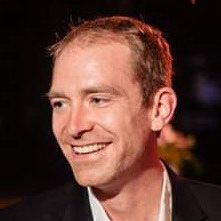








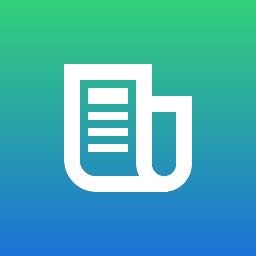
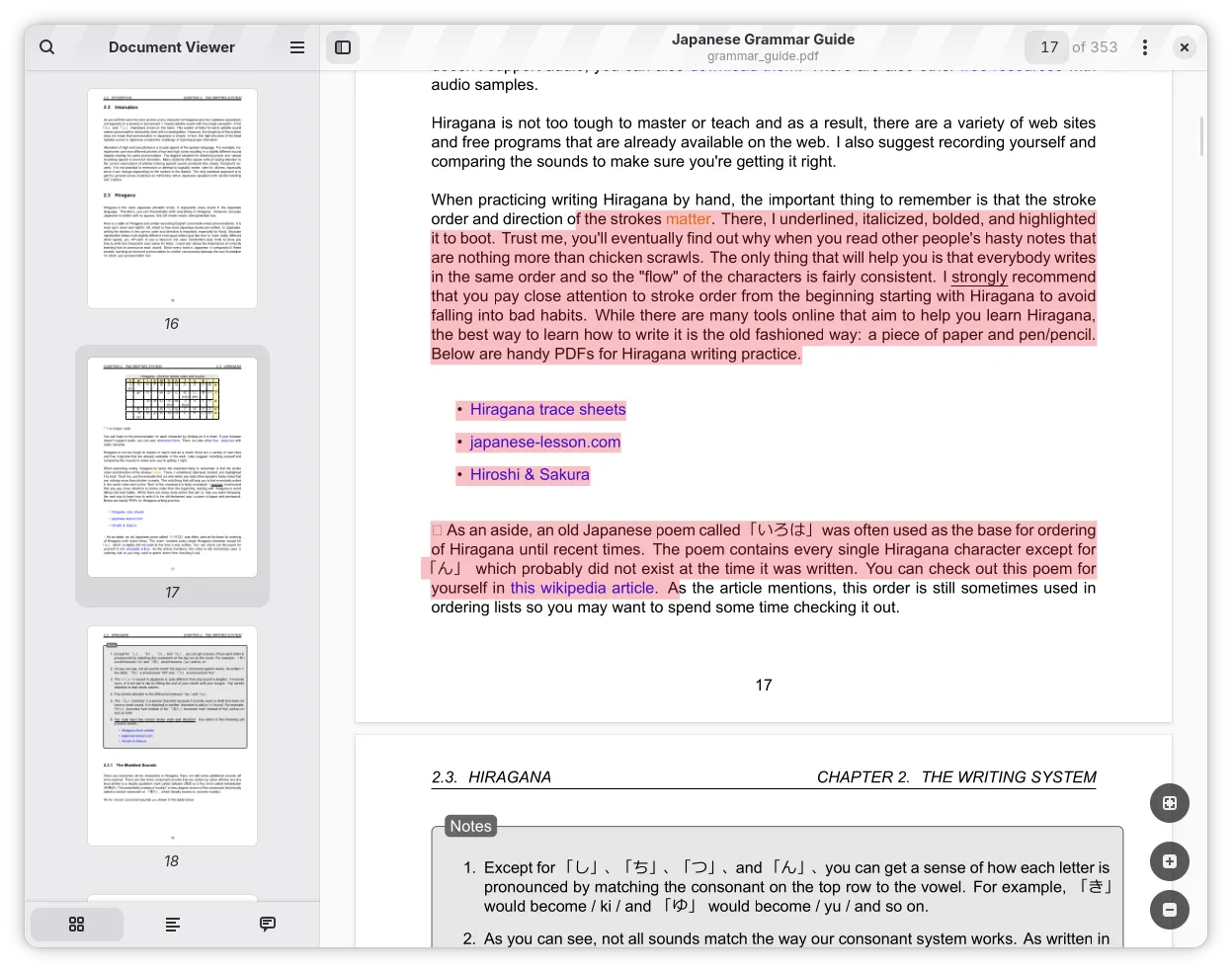
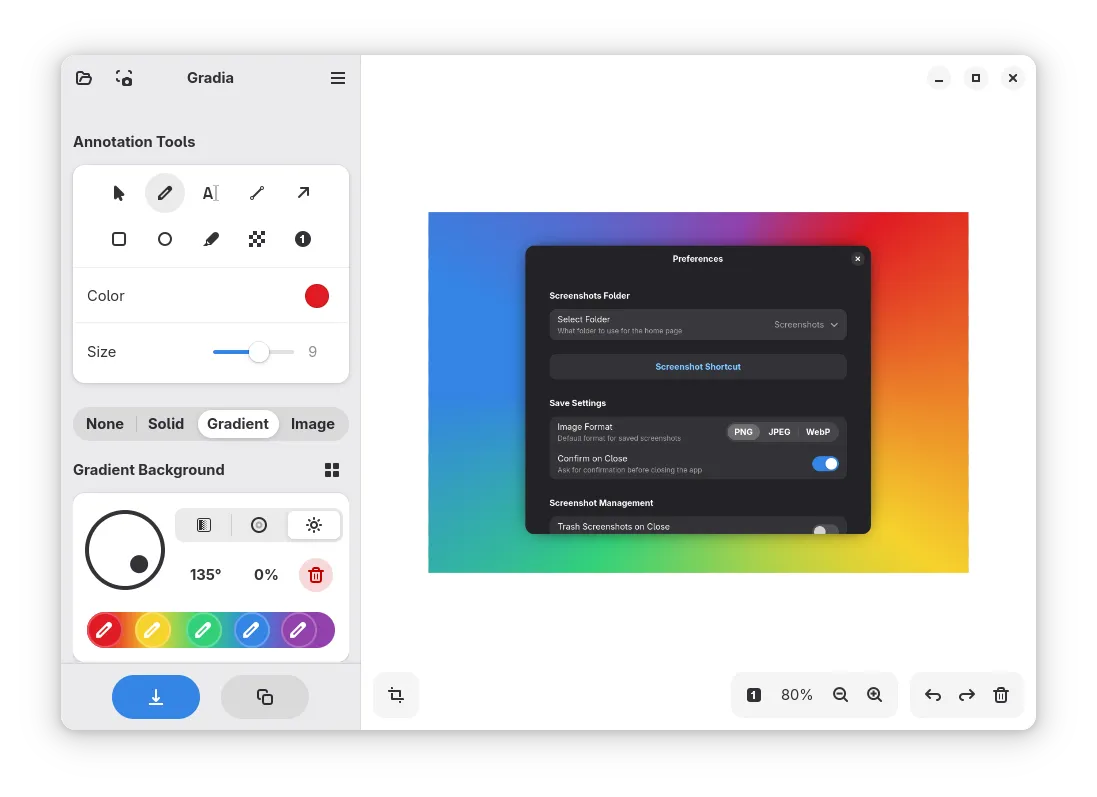
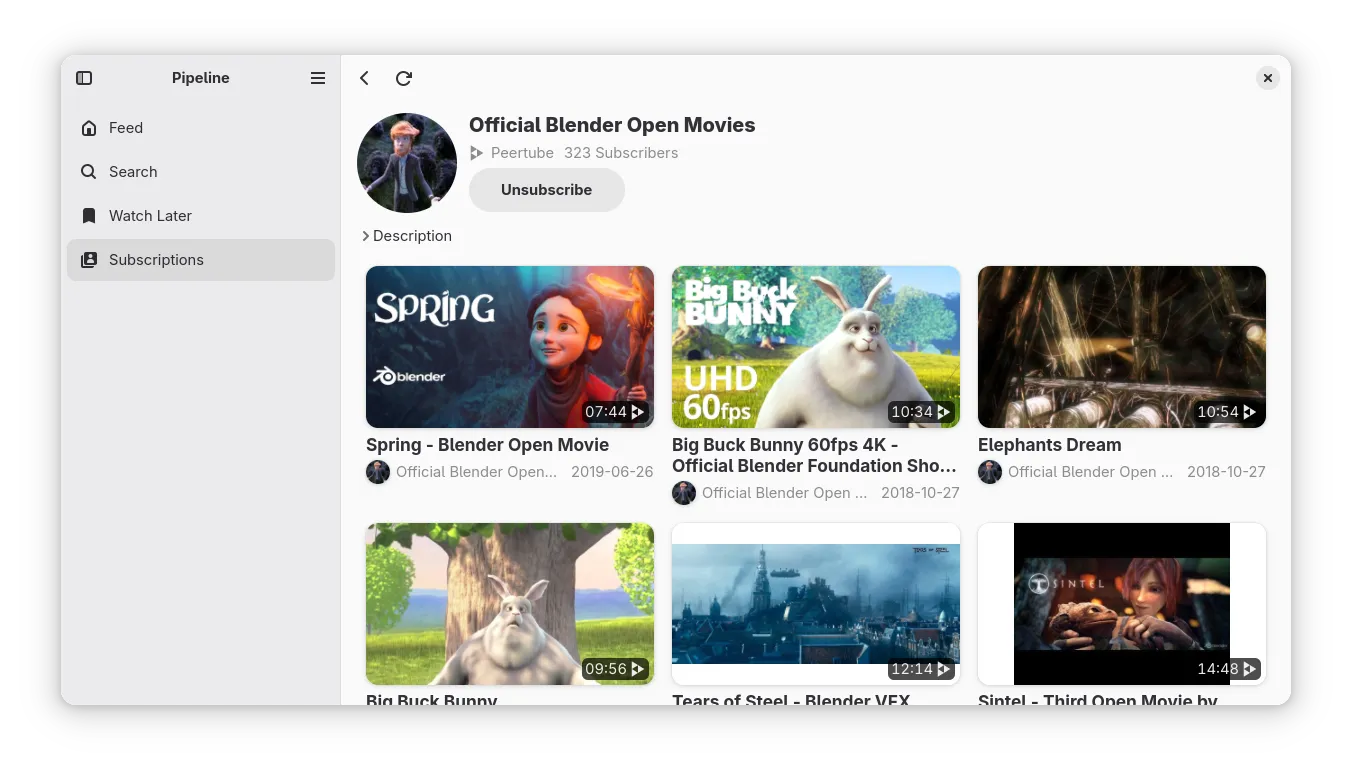
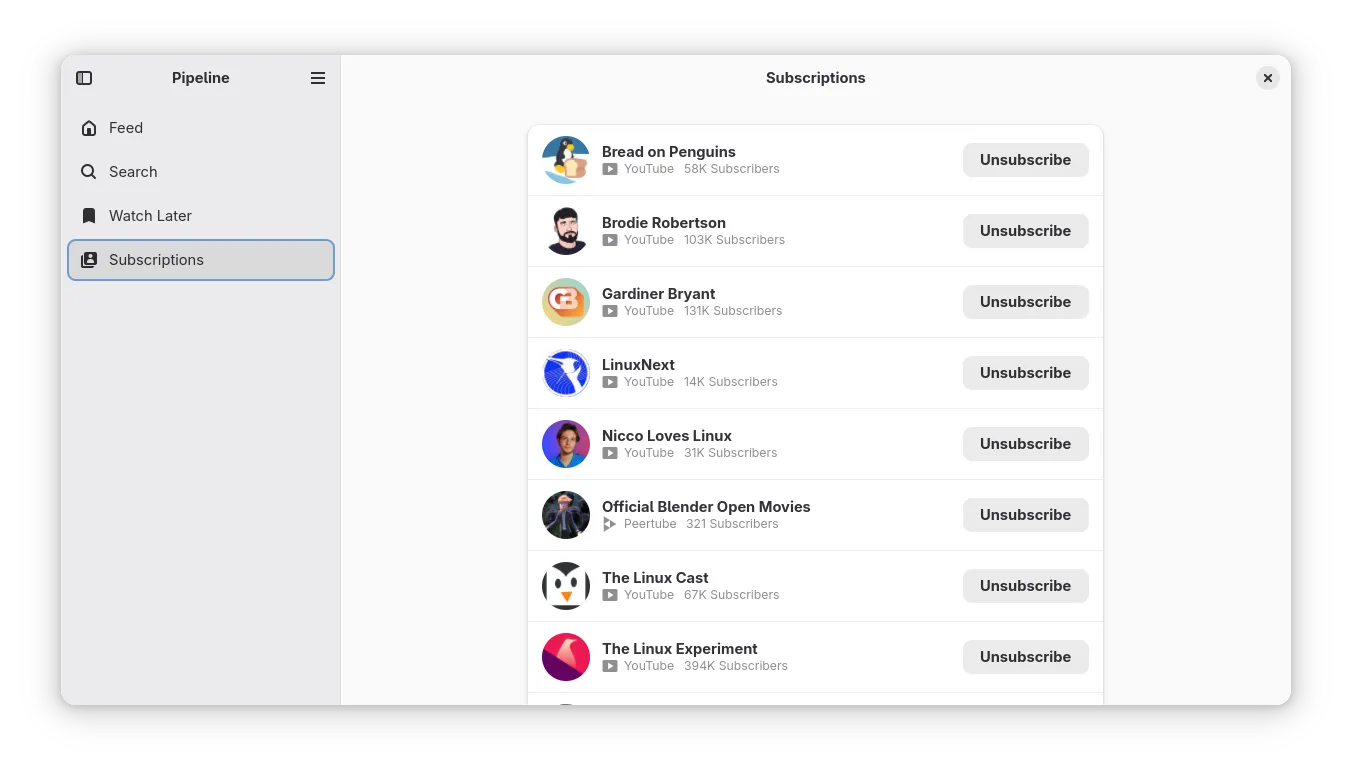
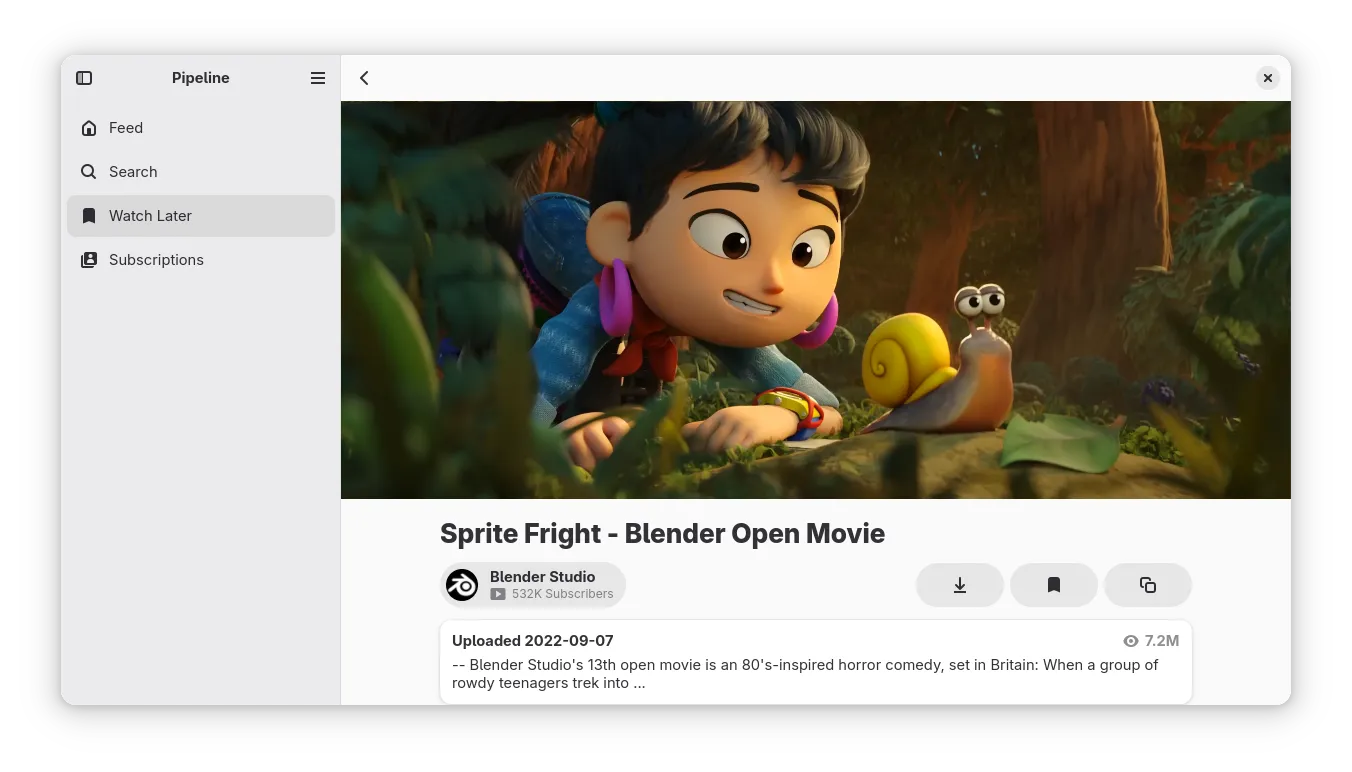
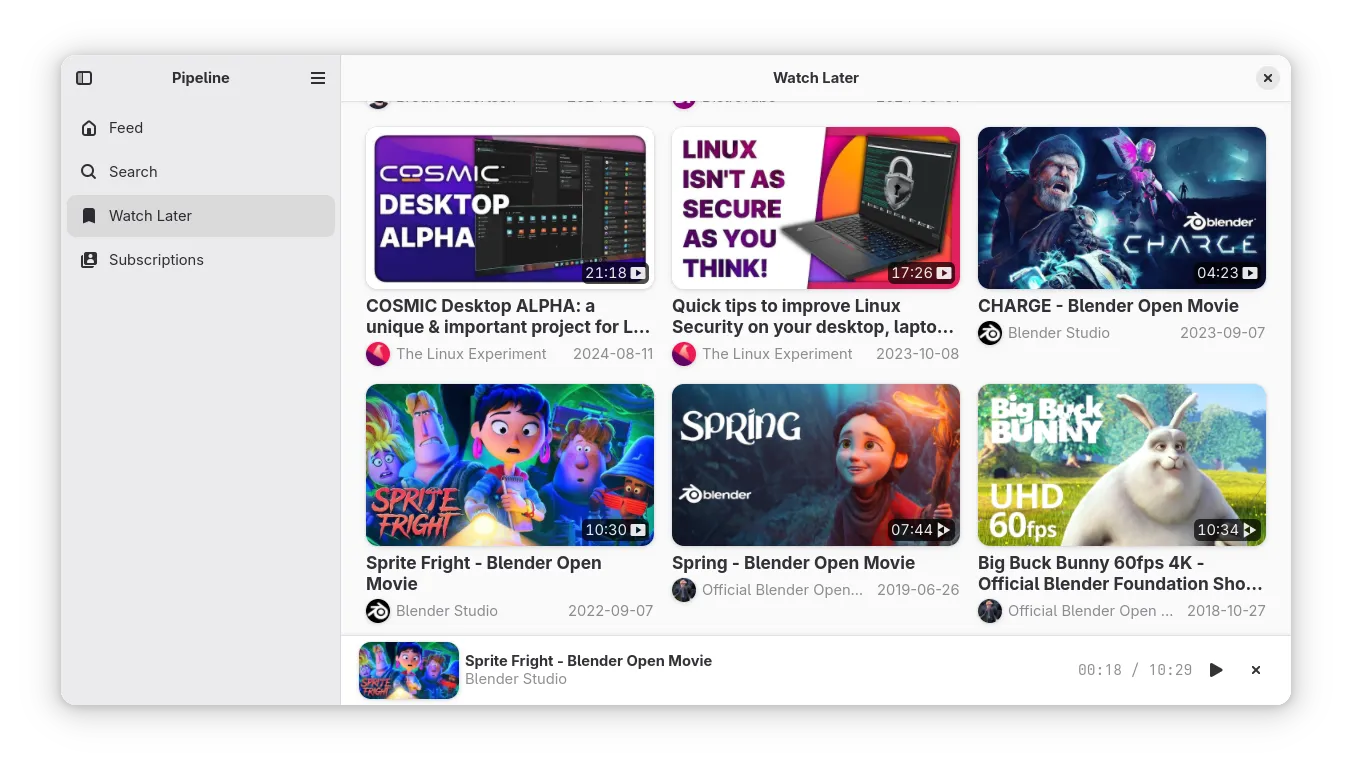

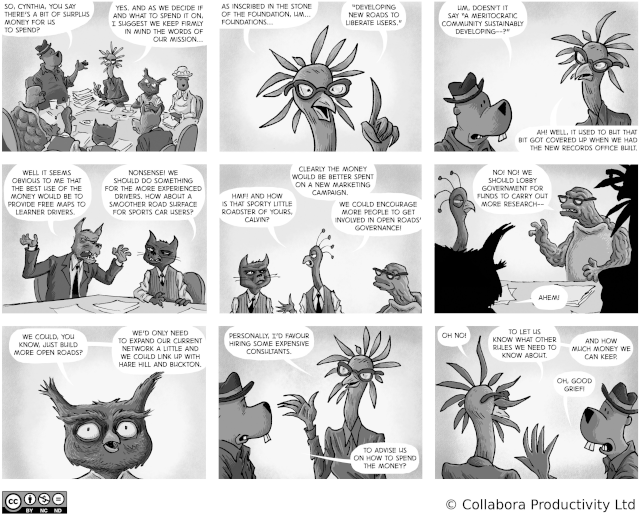



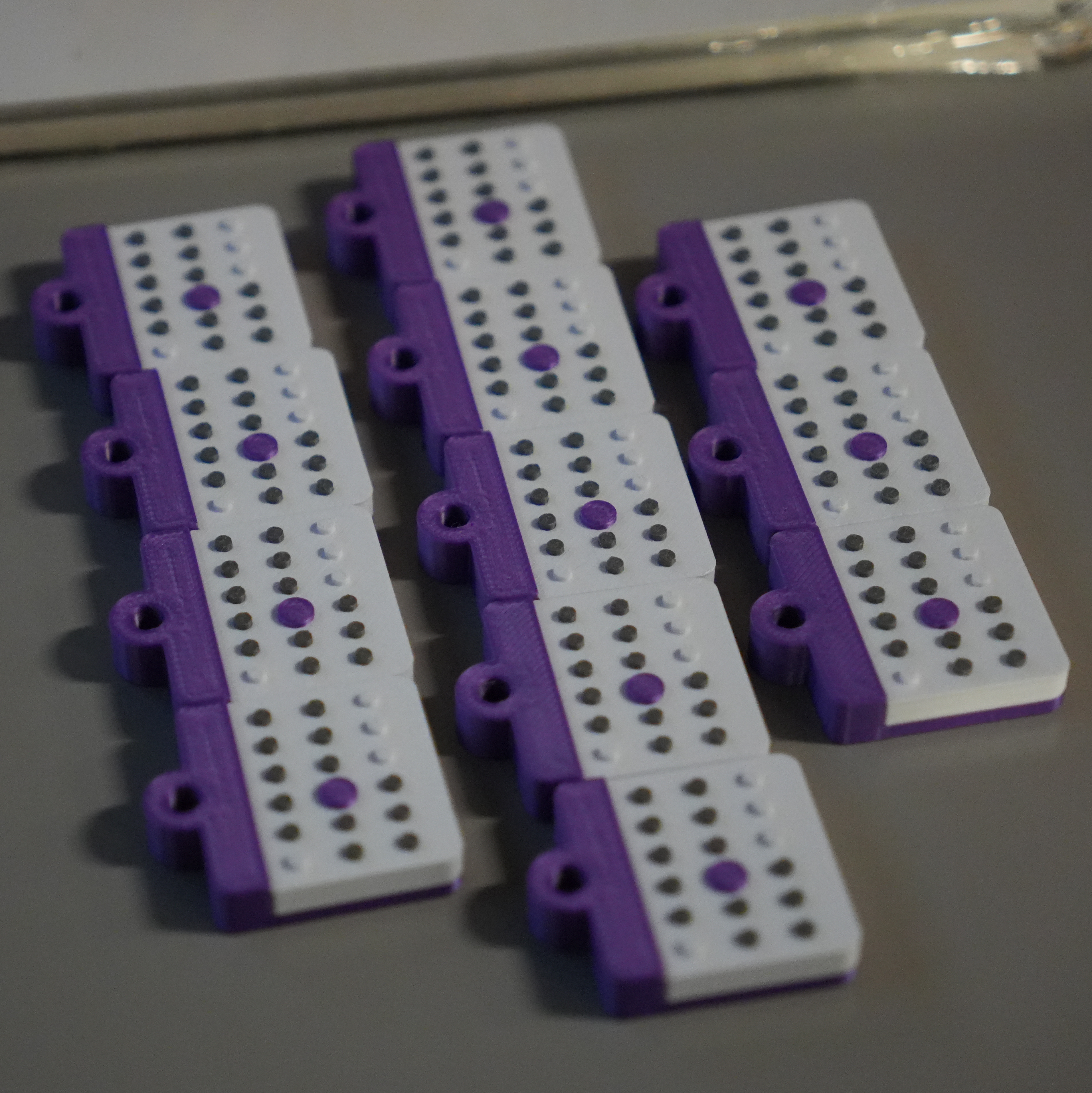
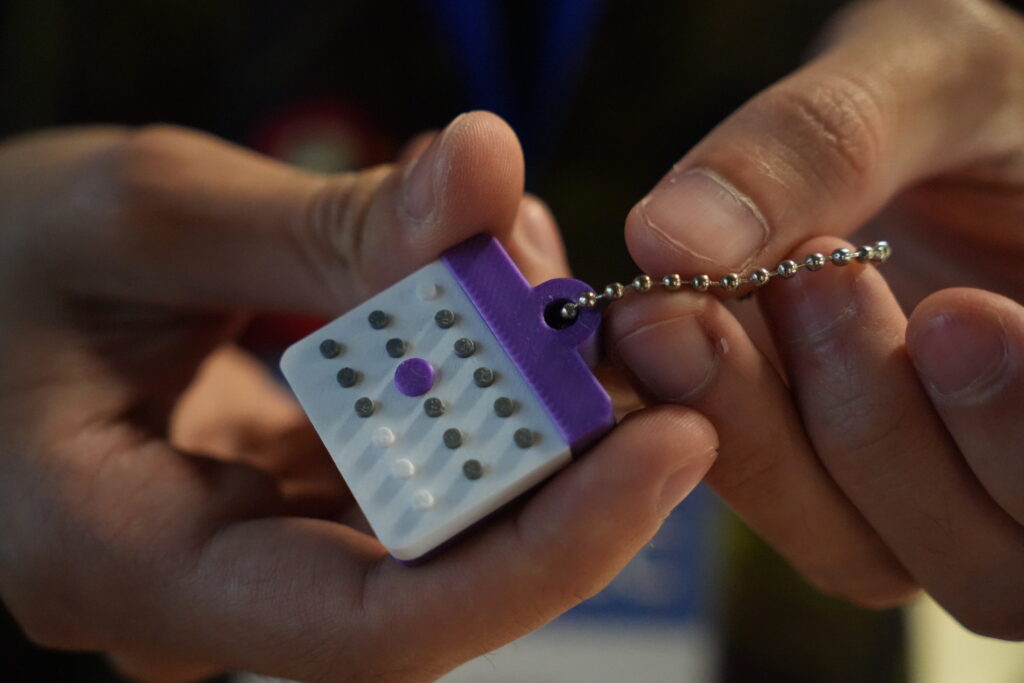
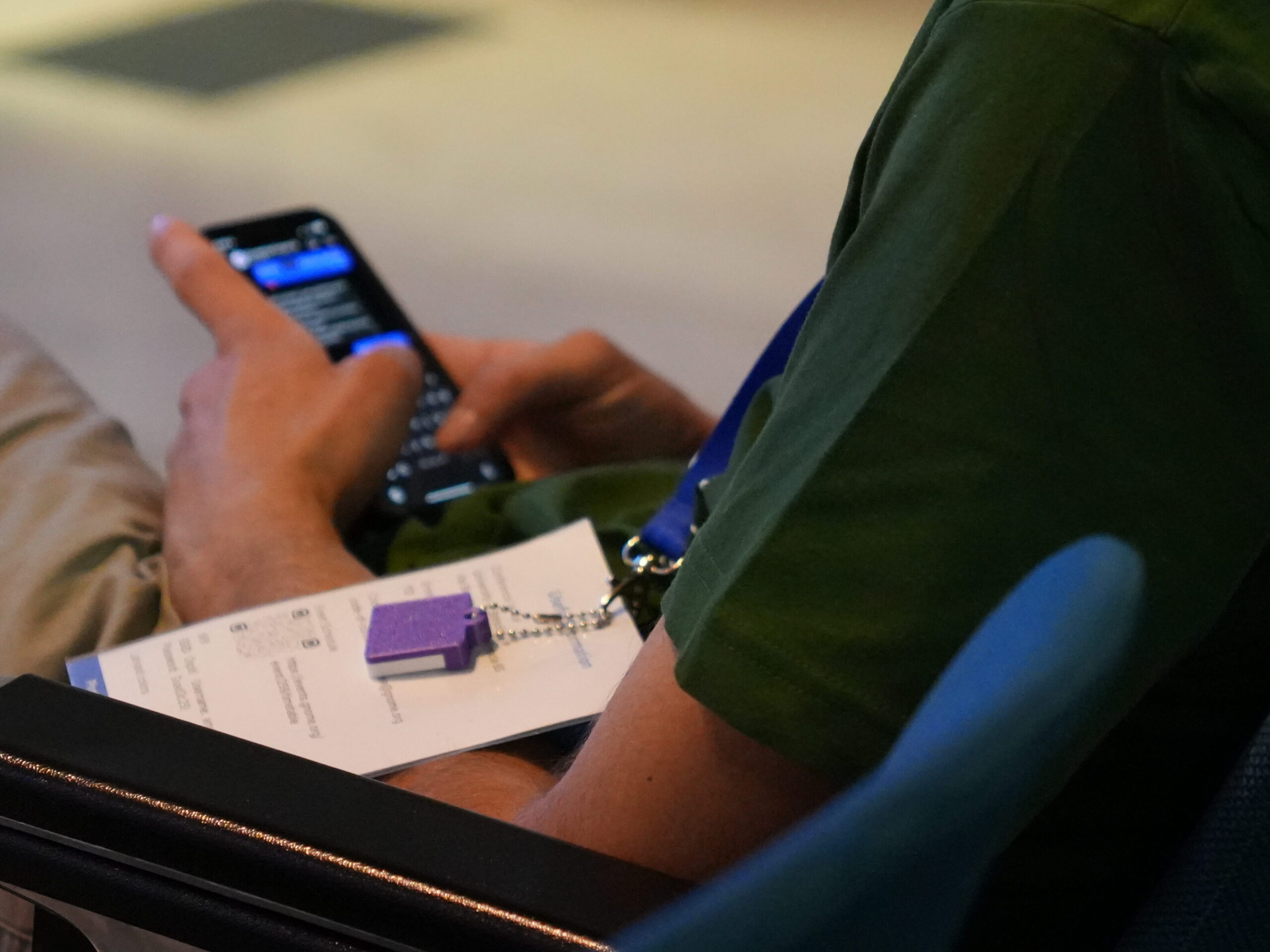
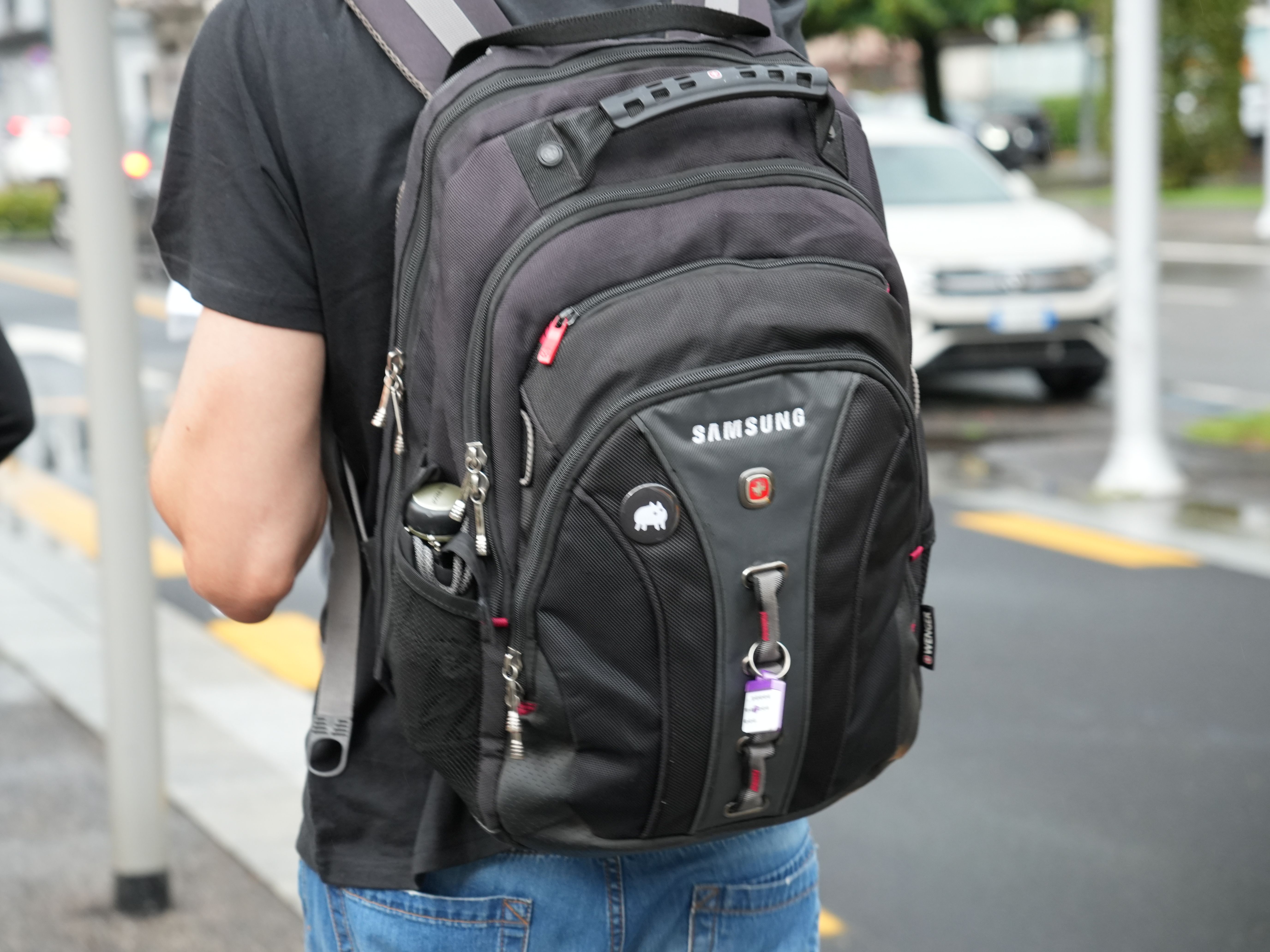

























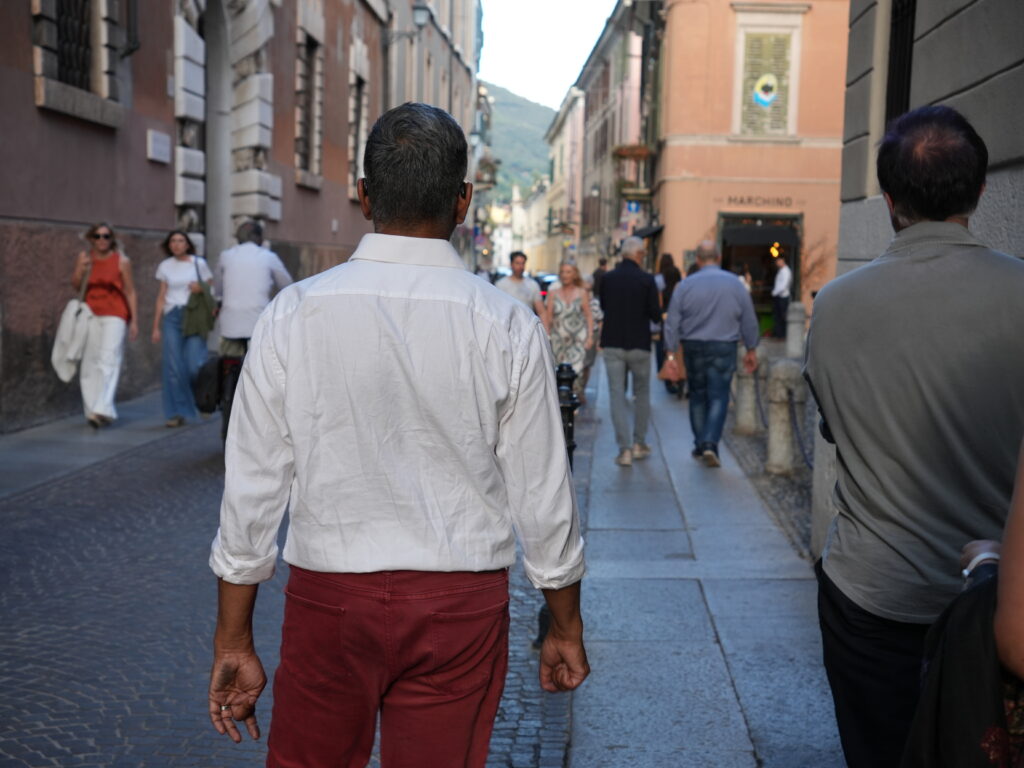
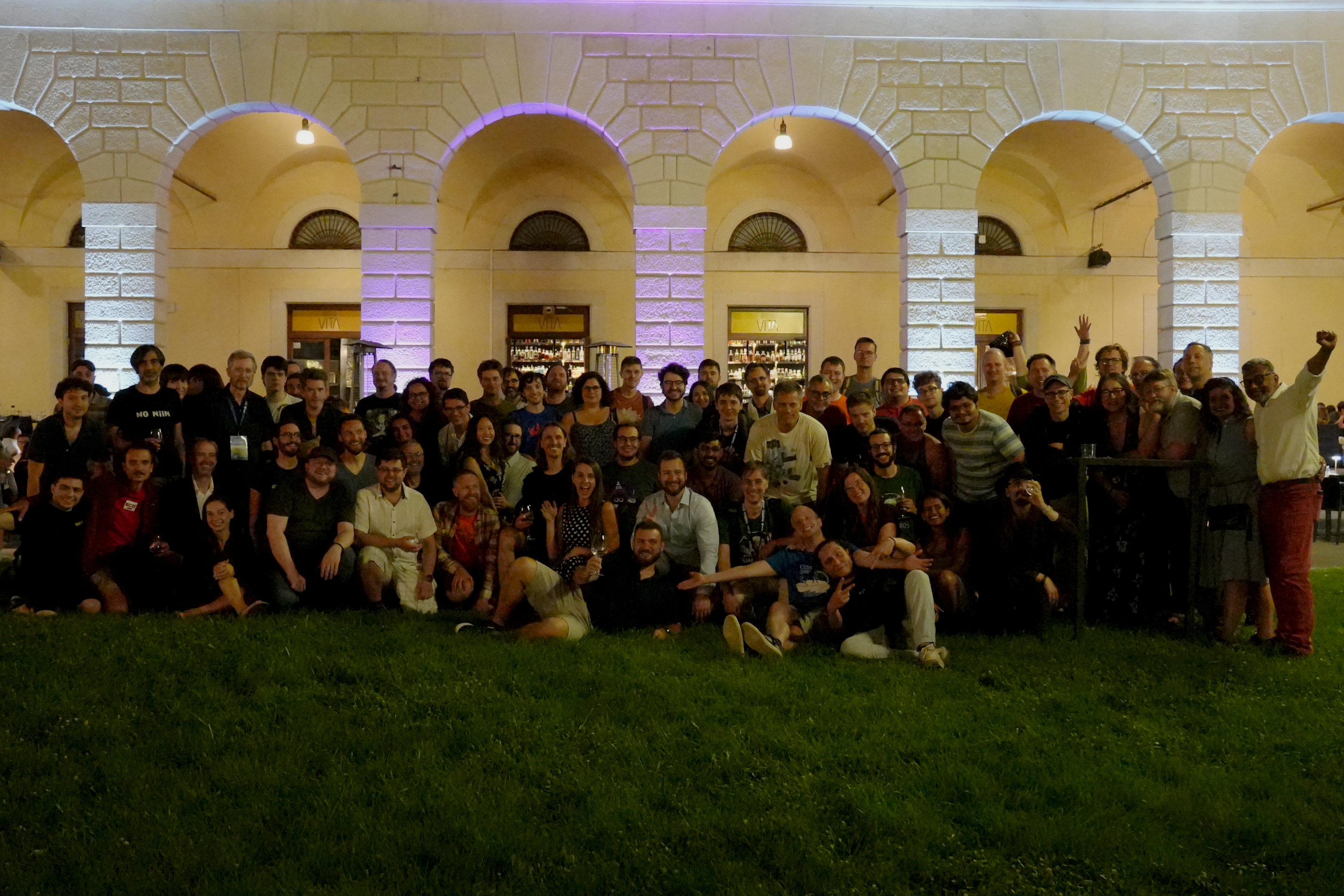


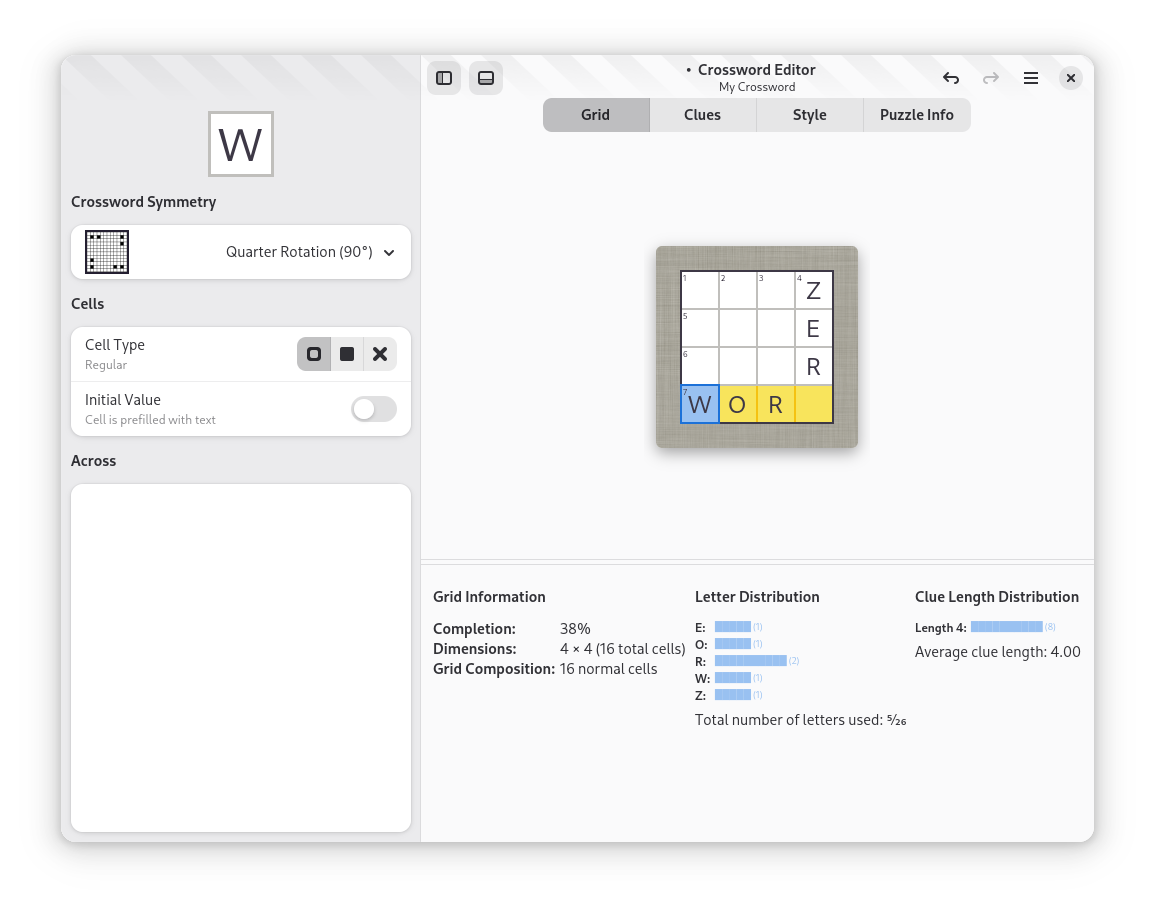
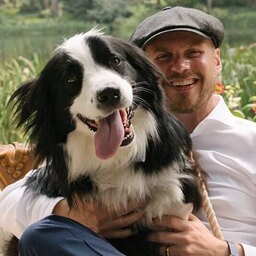

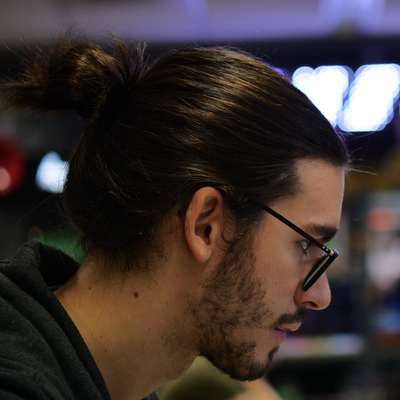
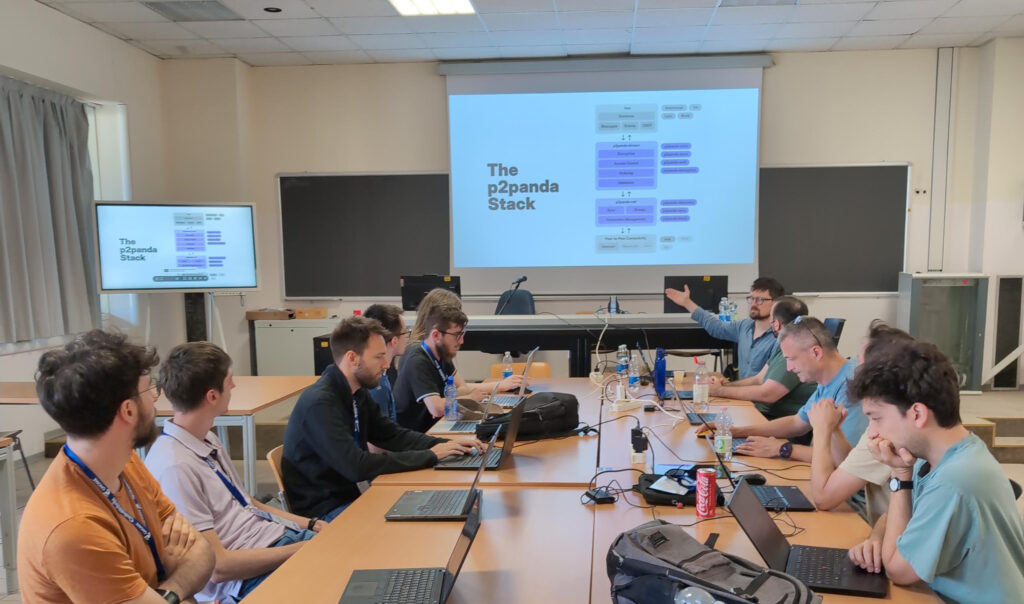
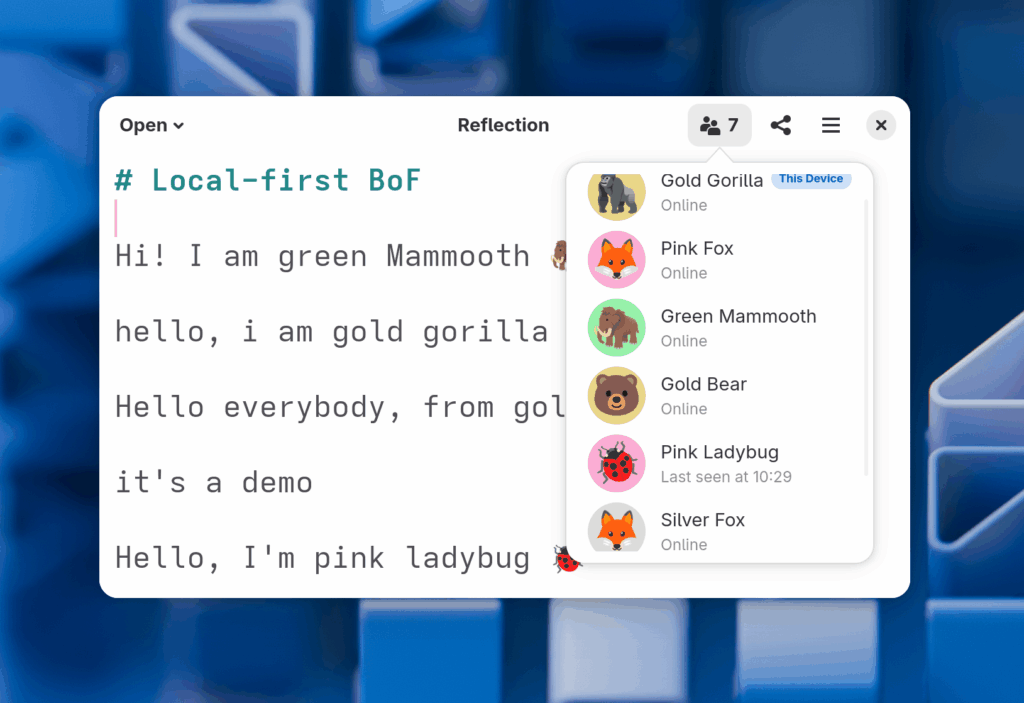

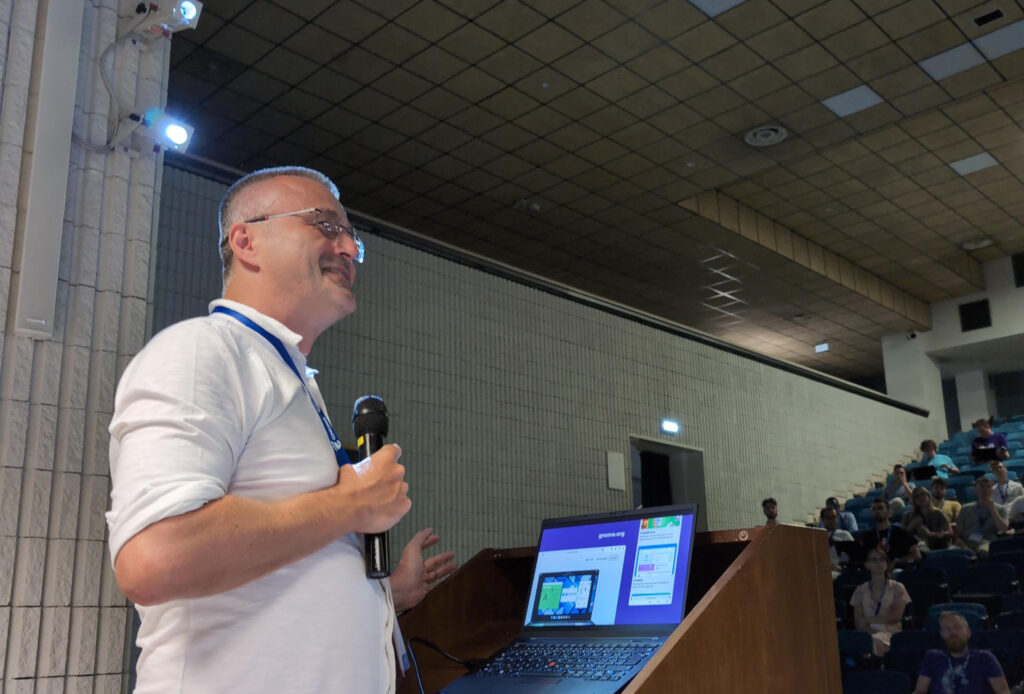

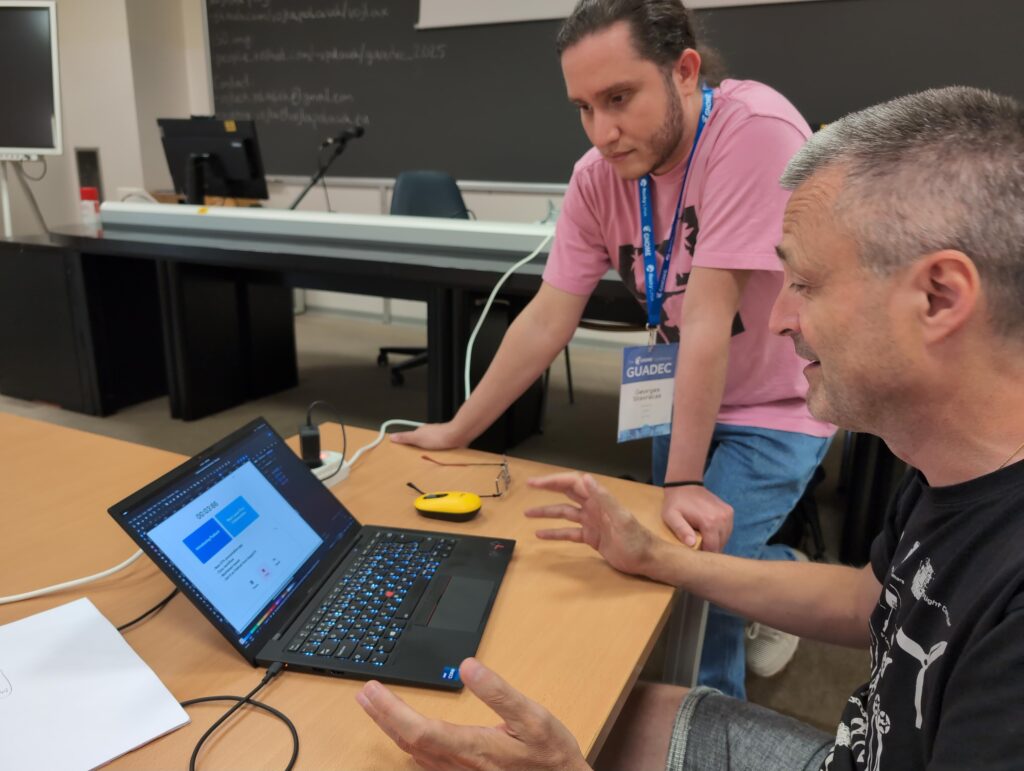
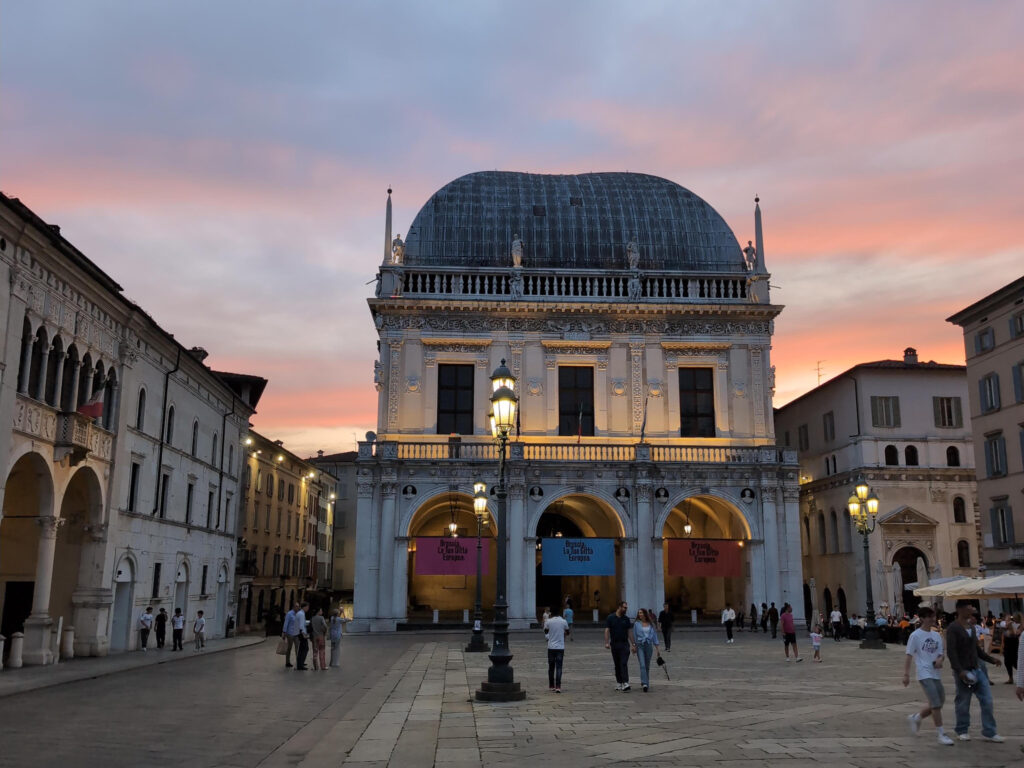
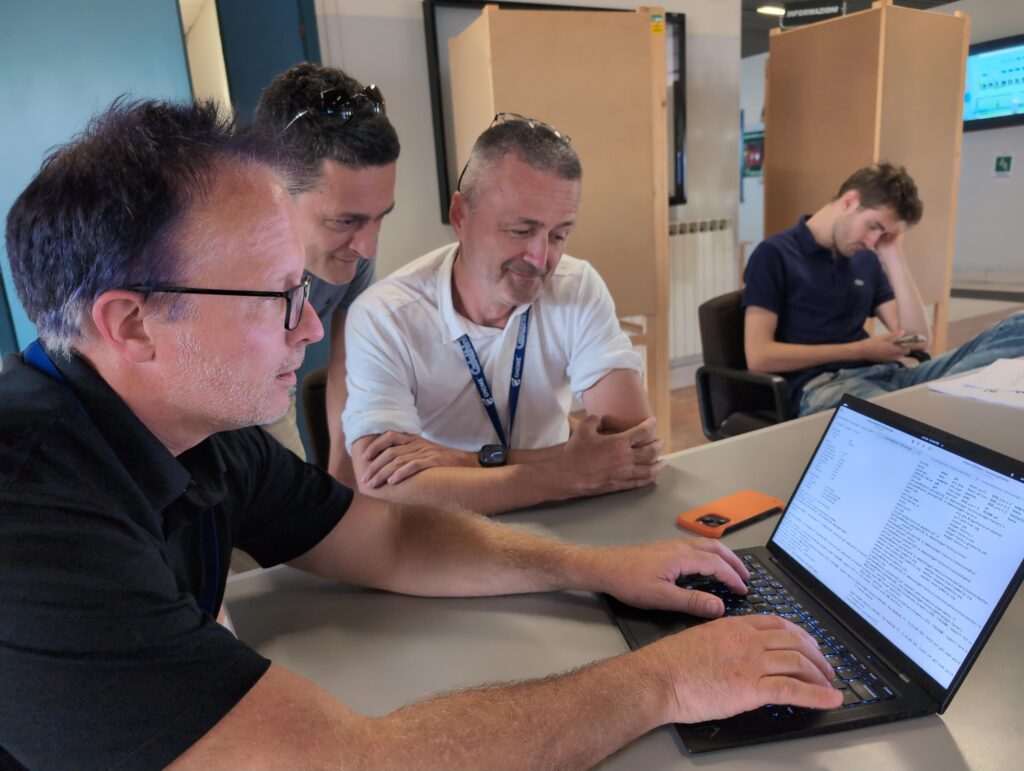
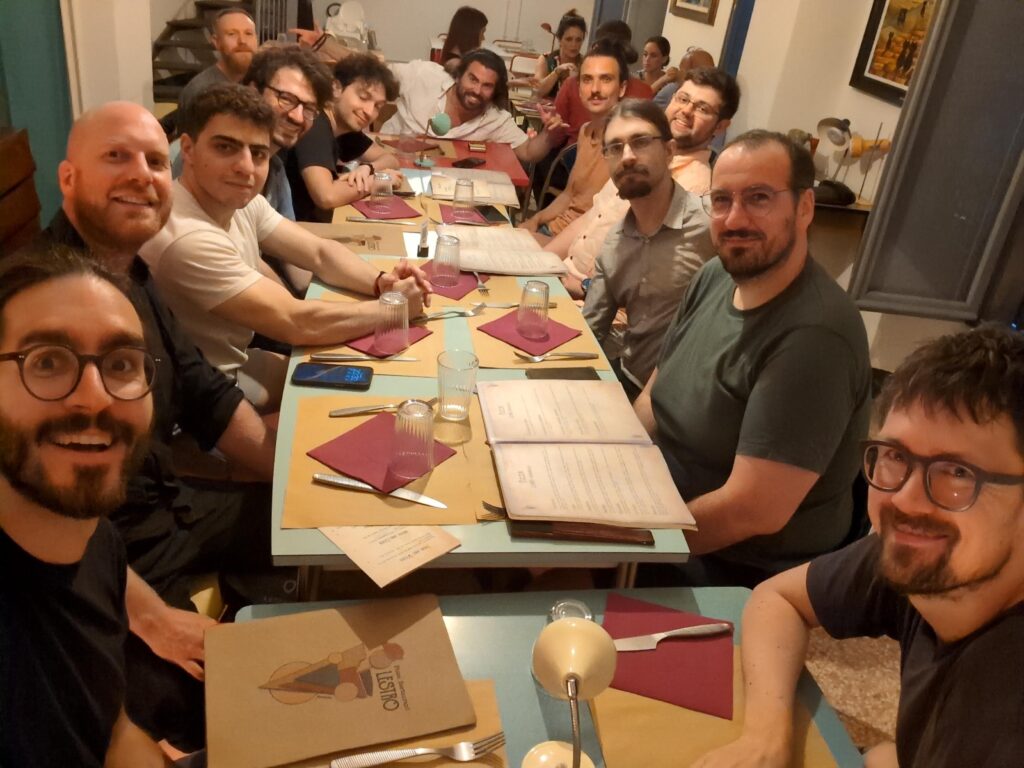
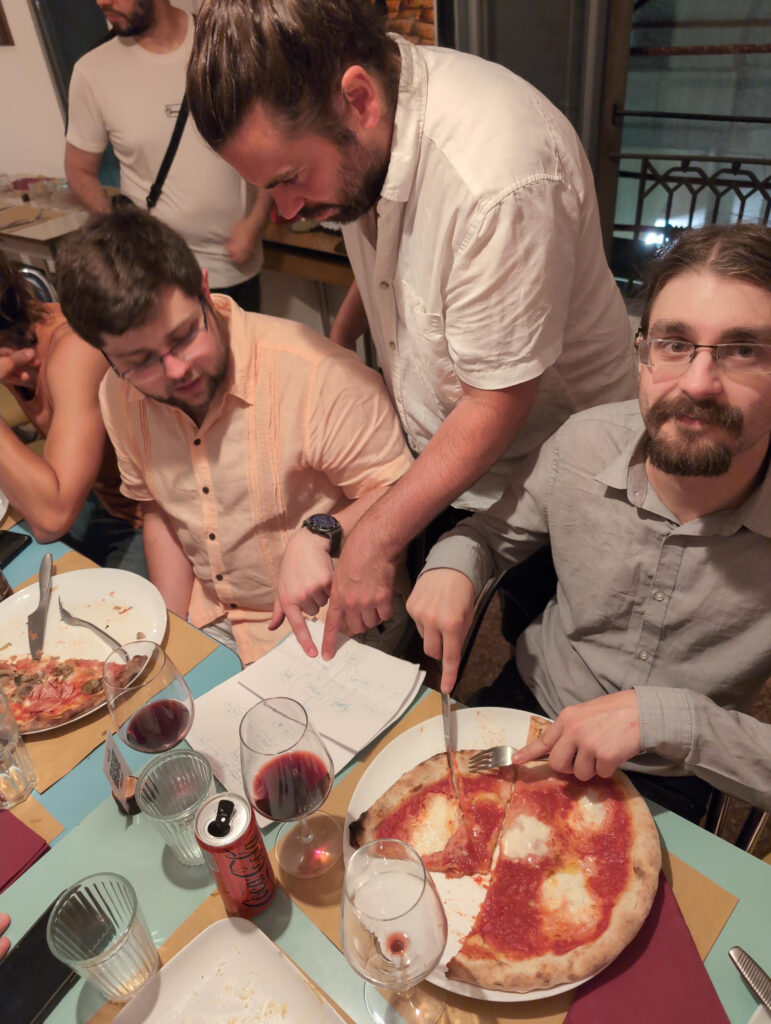
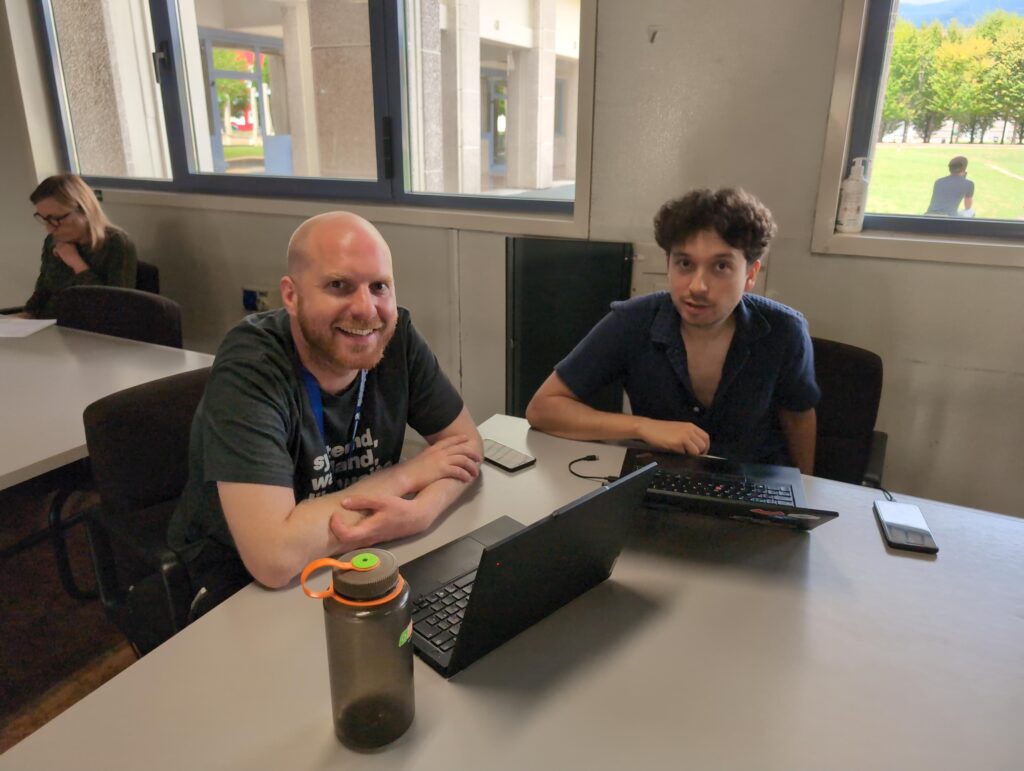

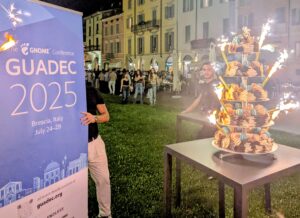




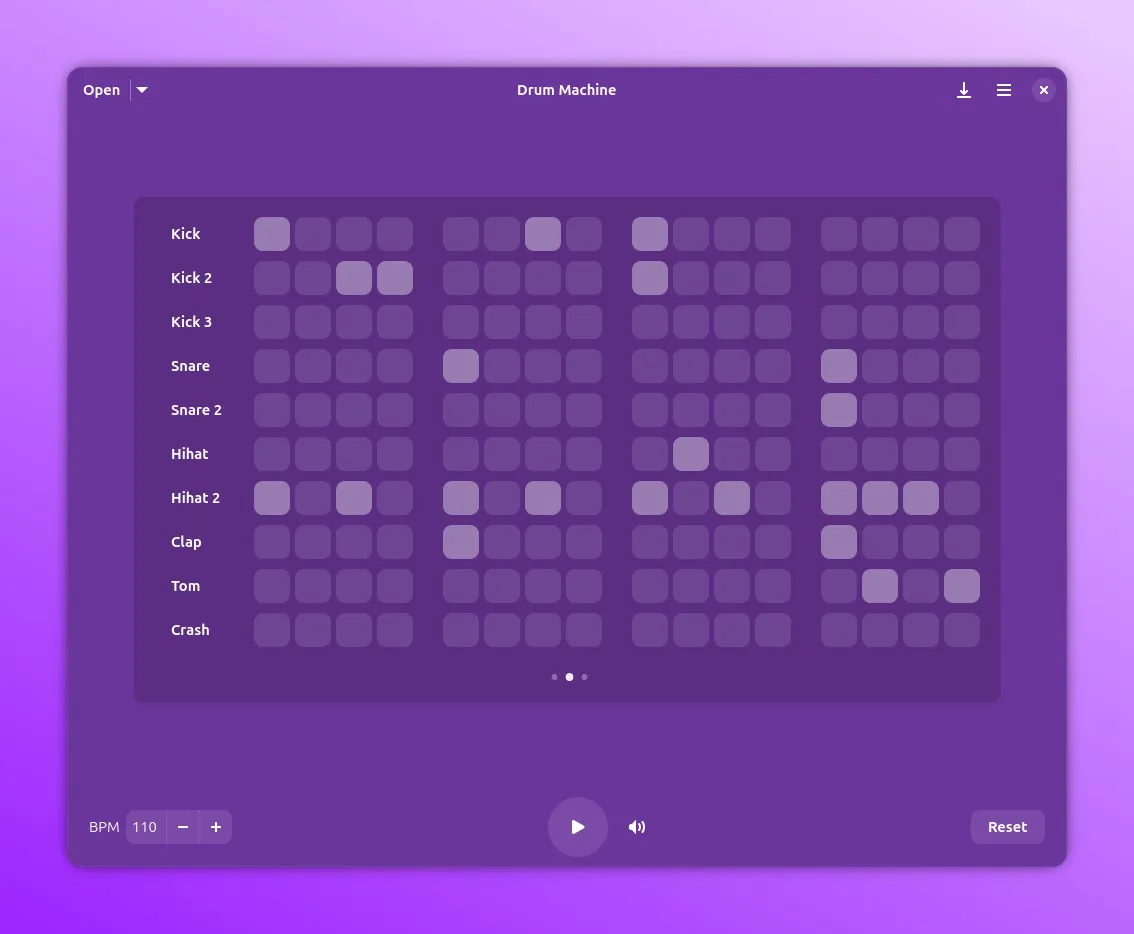
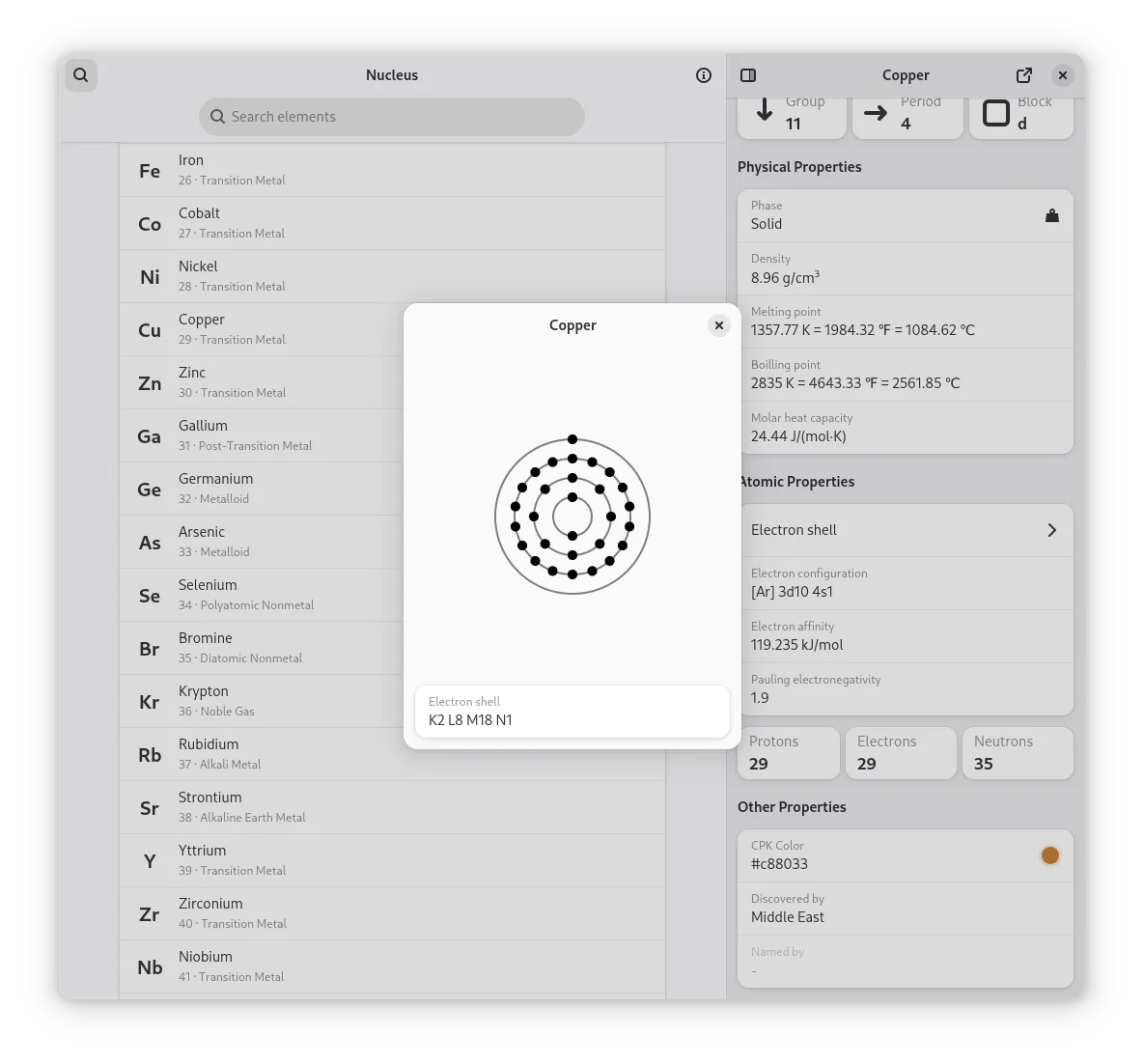


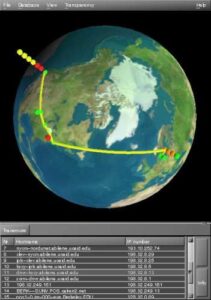
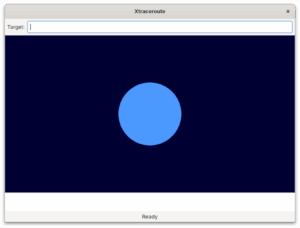
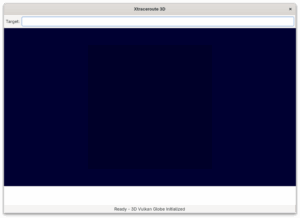
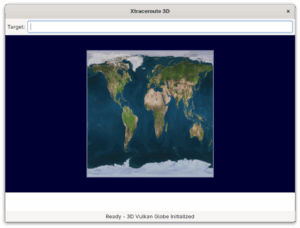
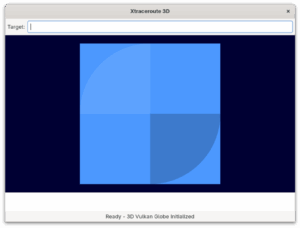
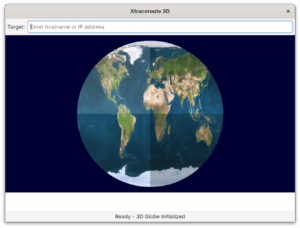
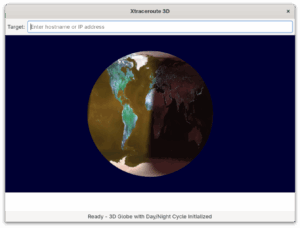
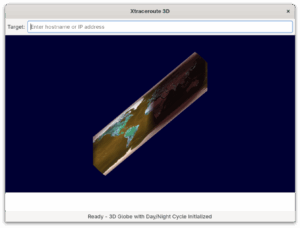
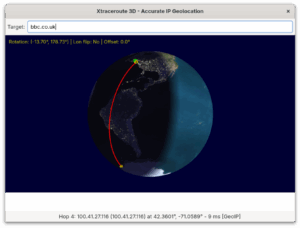
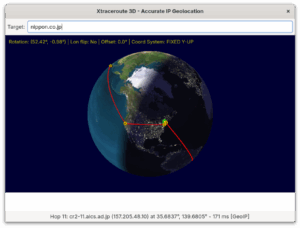

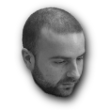













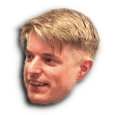





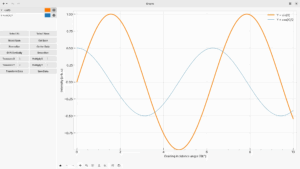




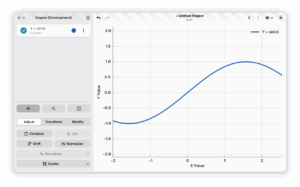
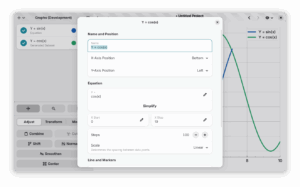
 )
)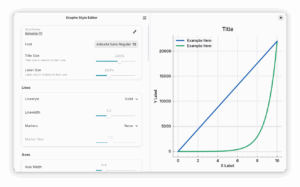
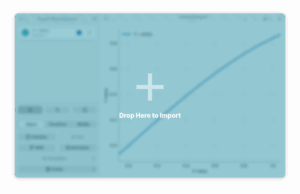
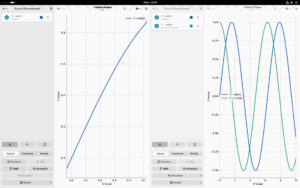
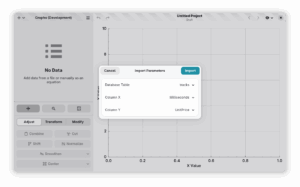




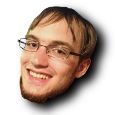
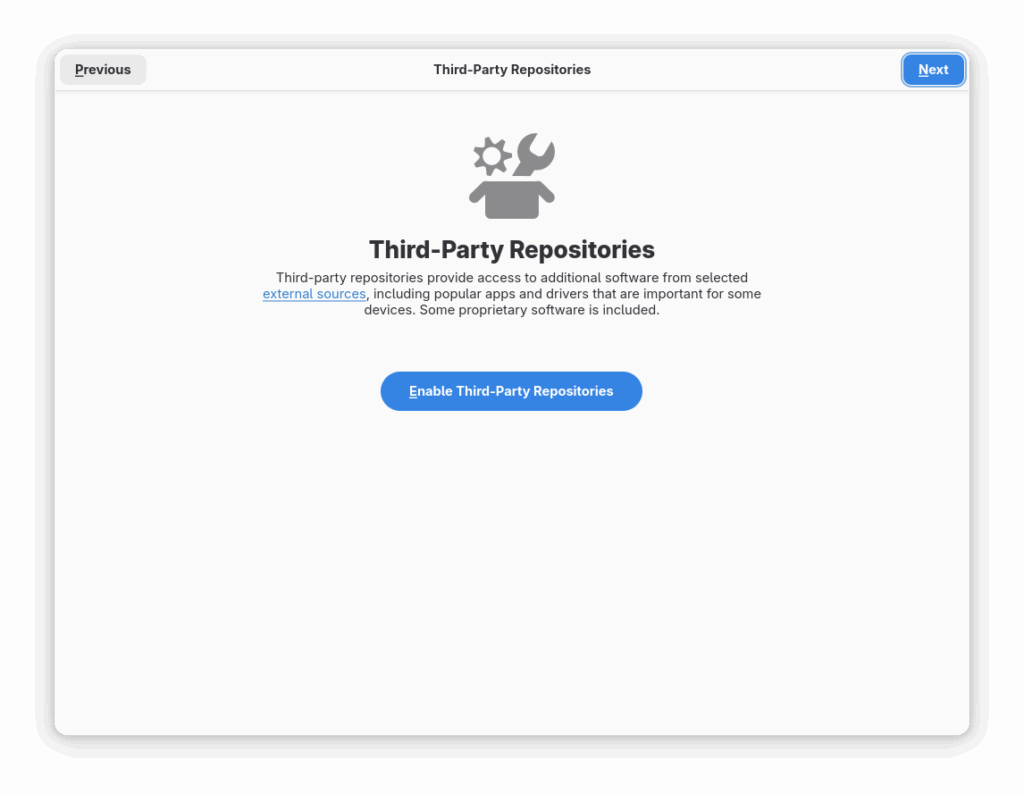
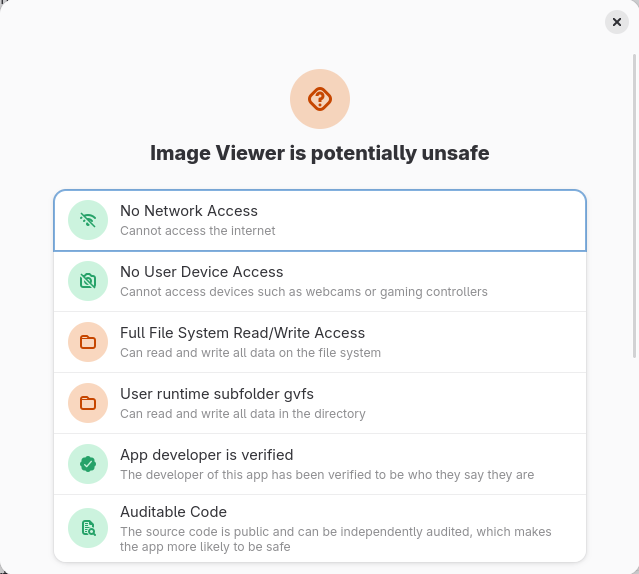

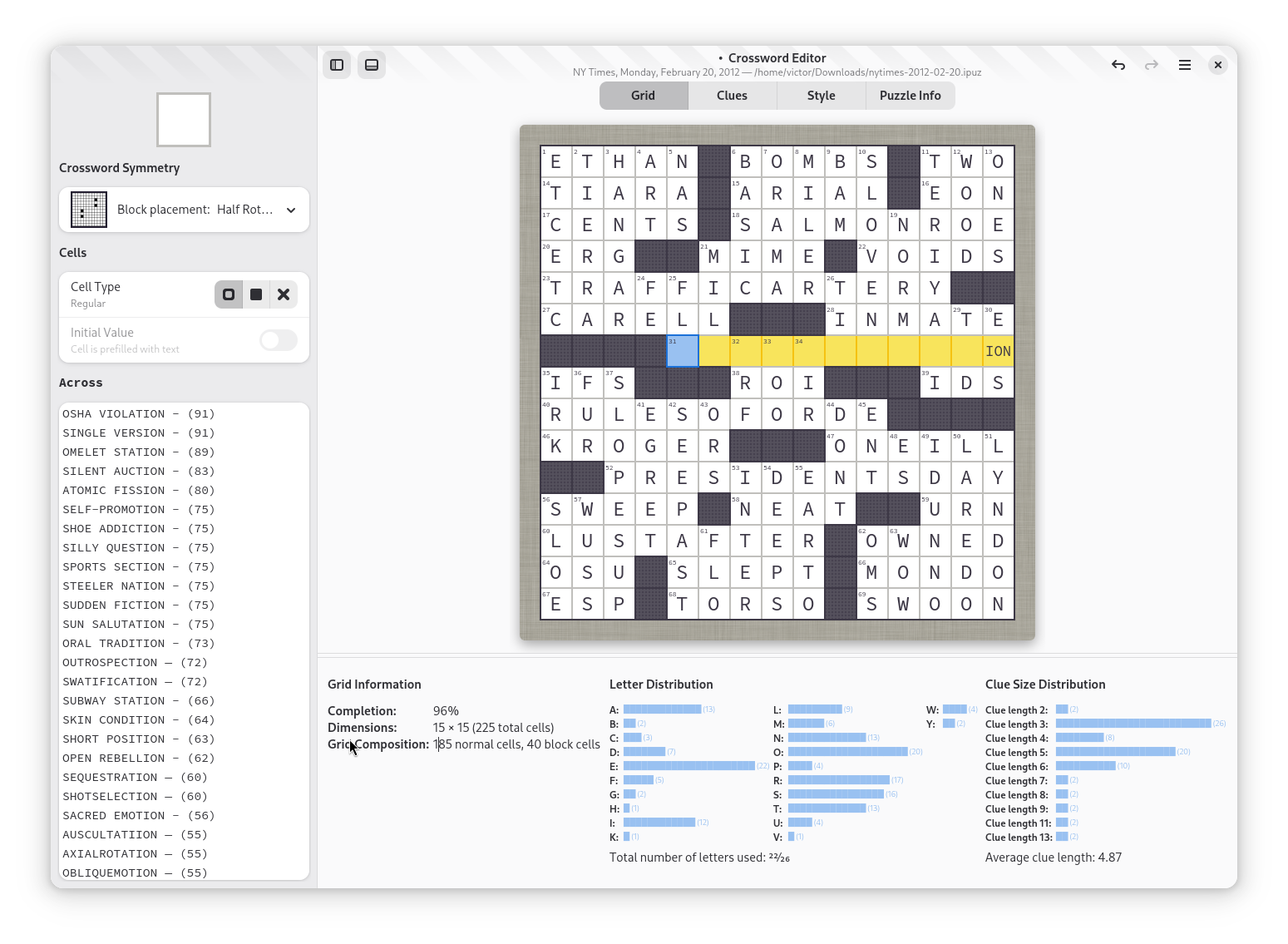
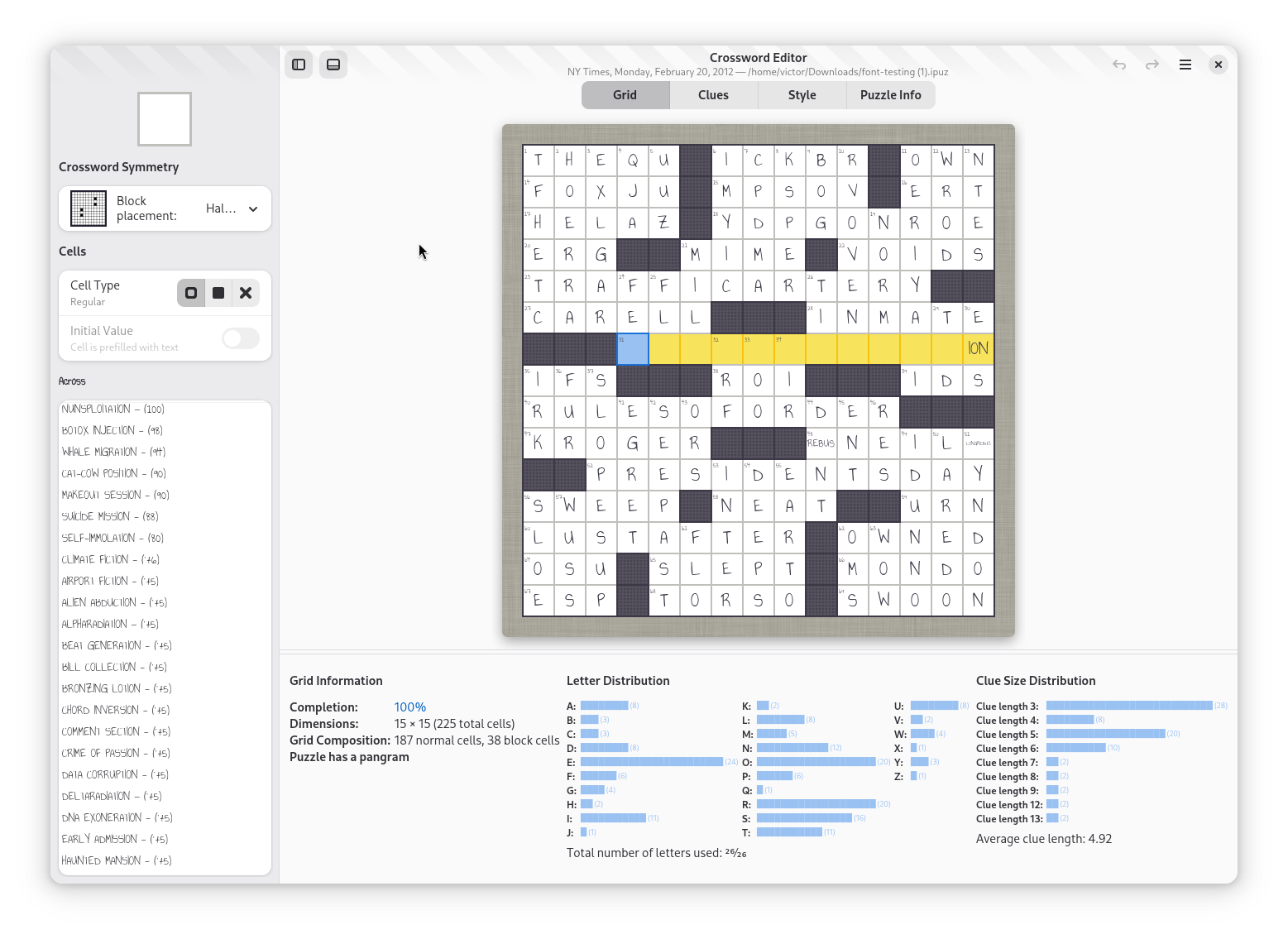
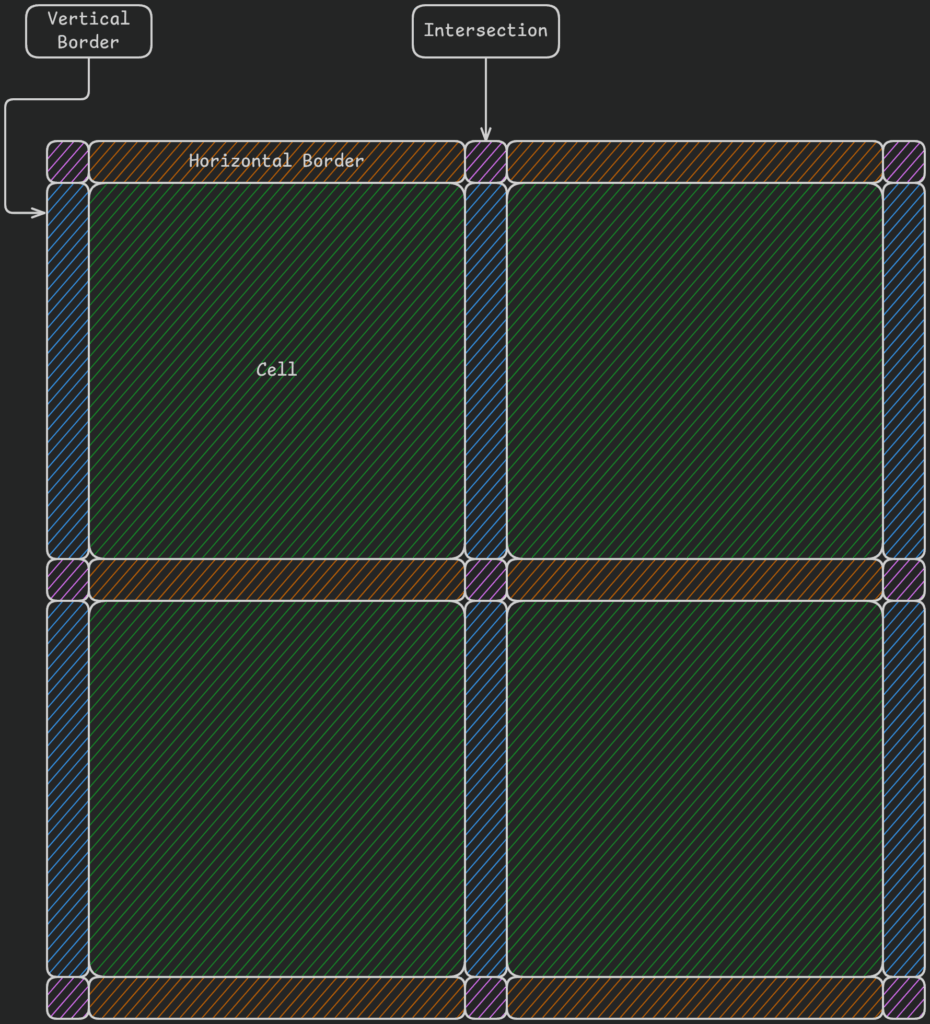



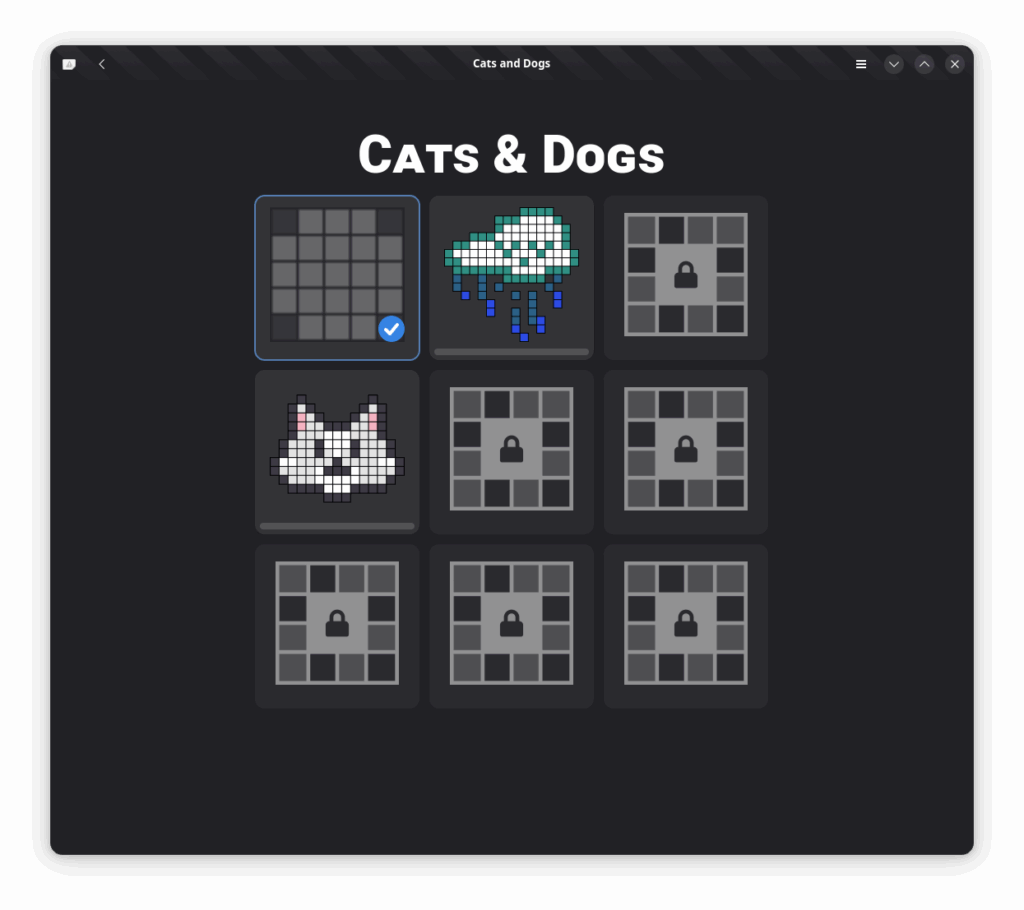




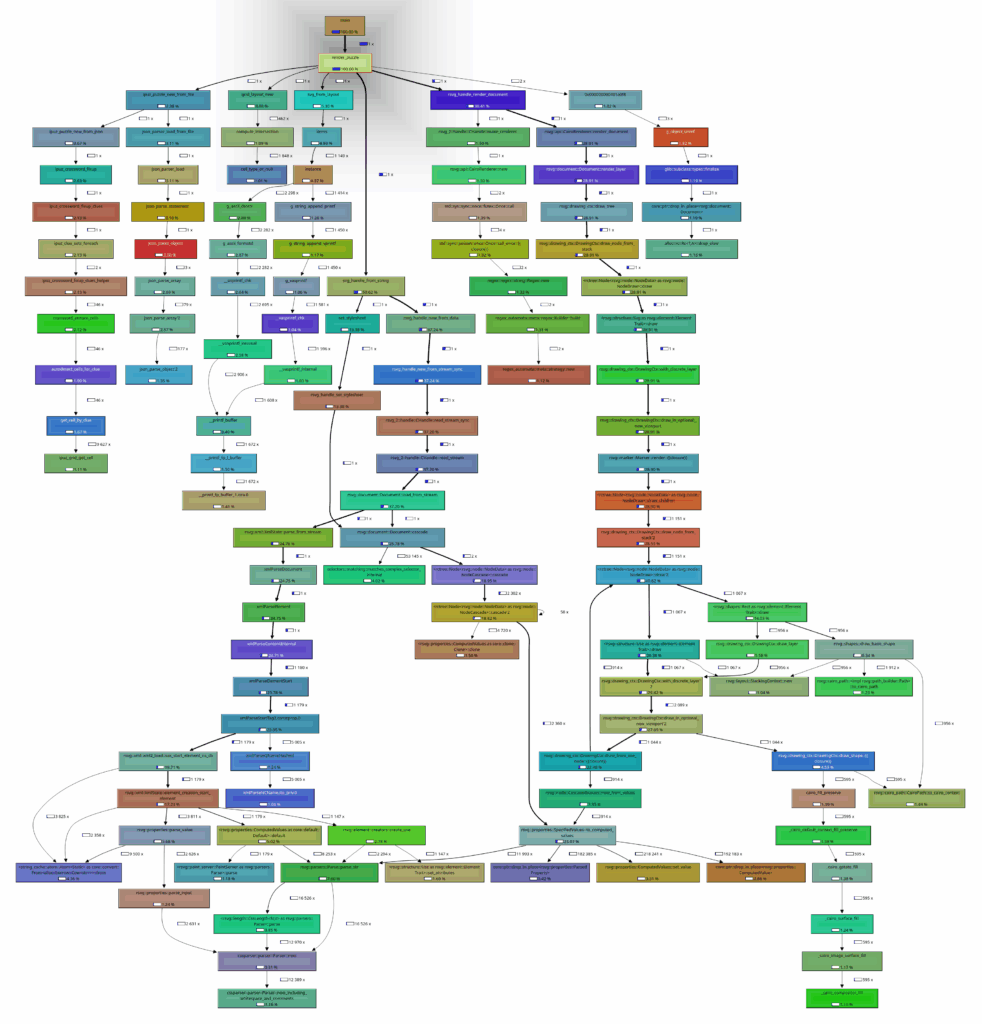
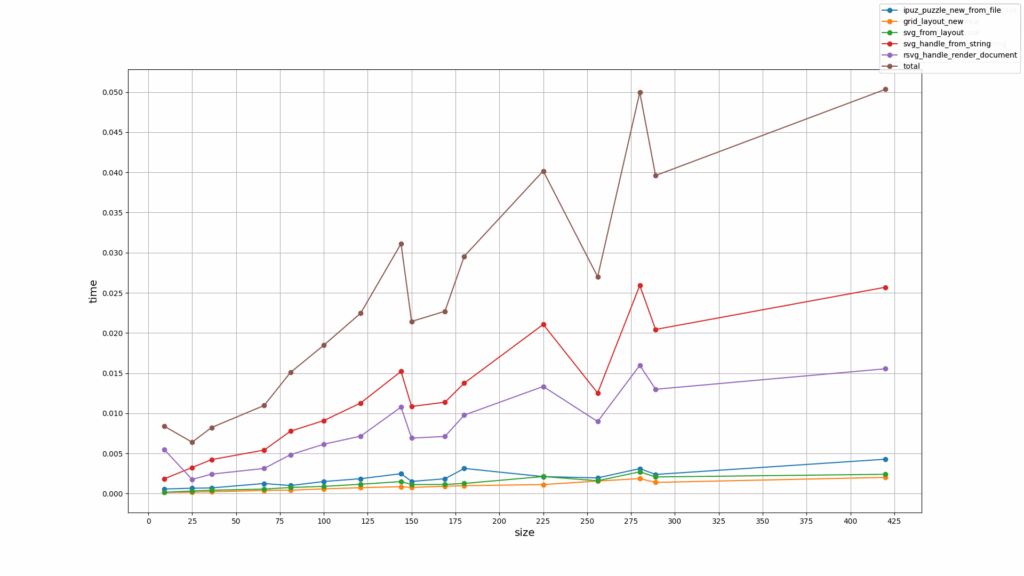
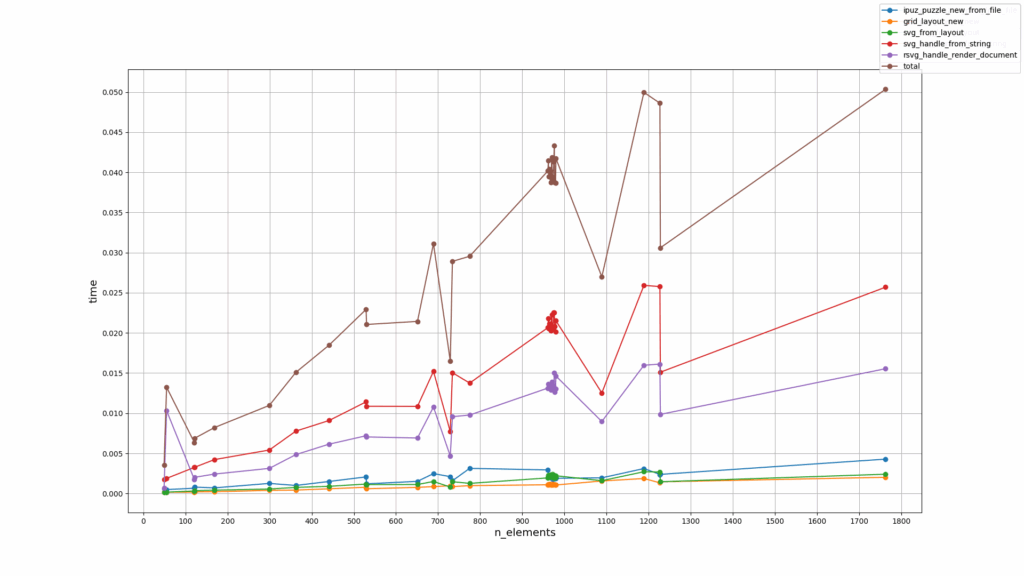
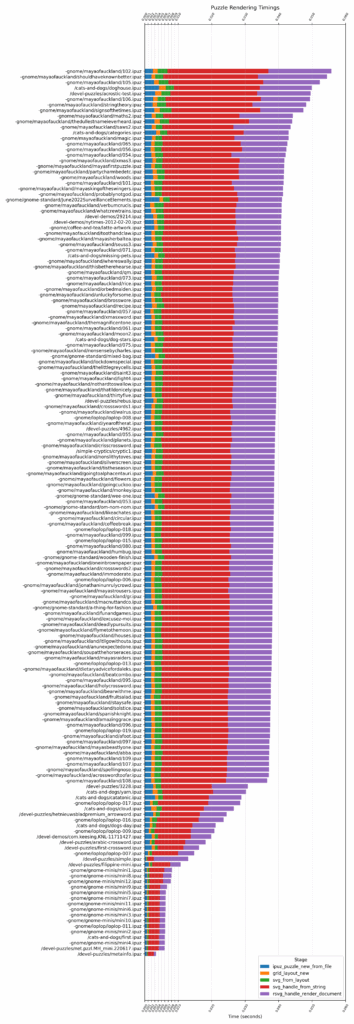
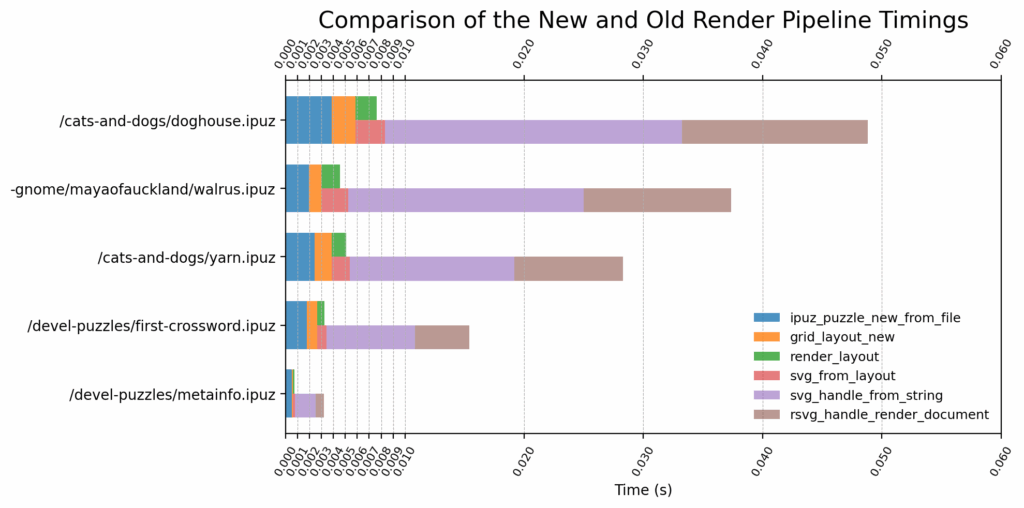
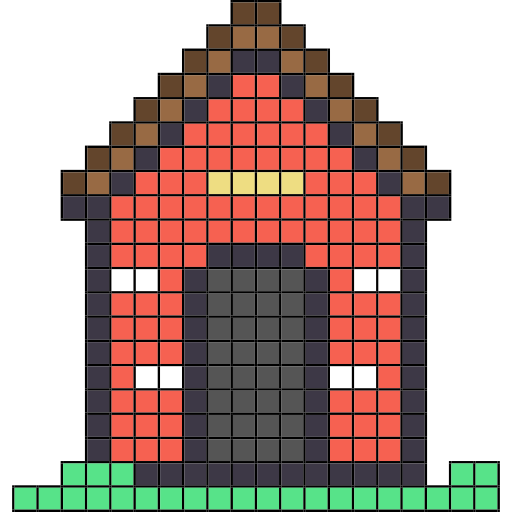
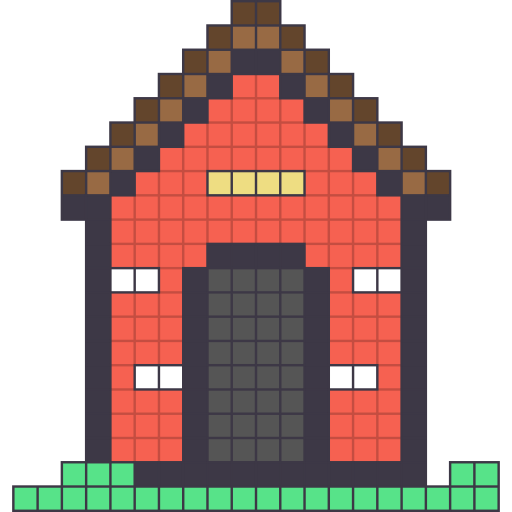
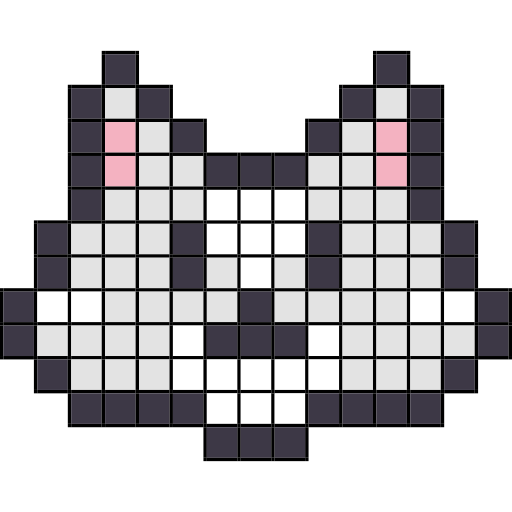
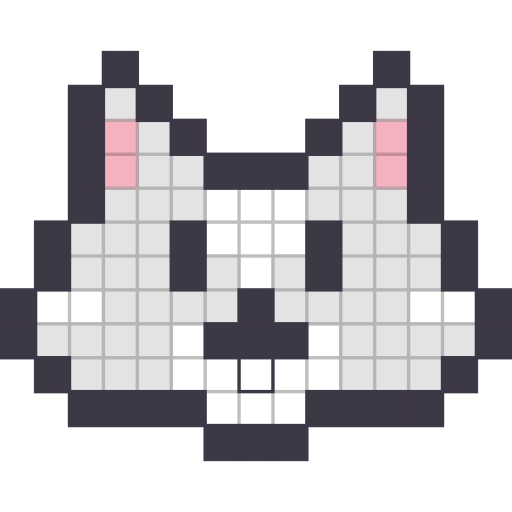

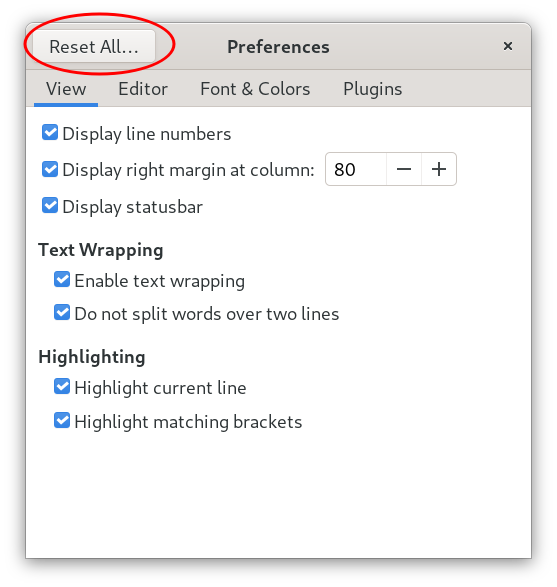




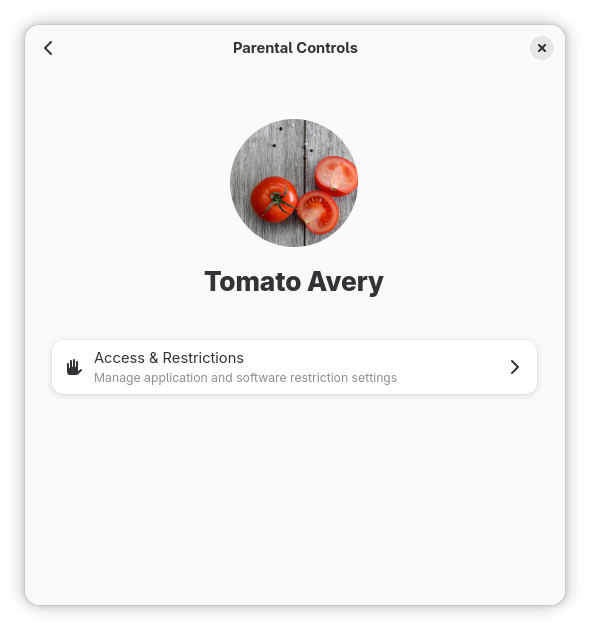
 Until next update!
Until next update!